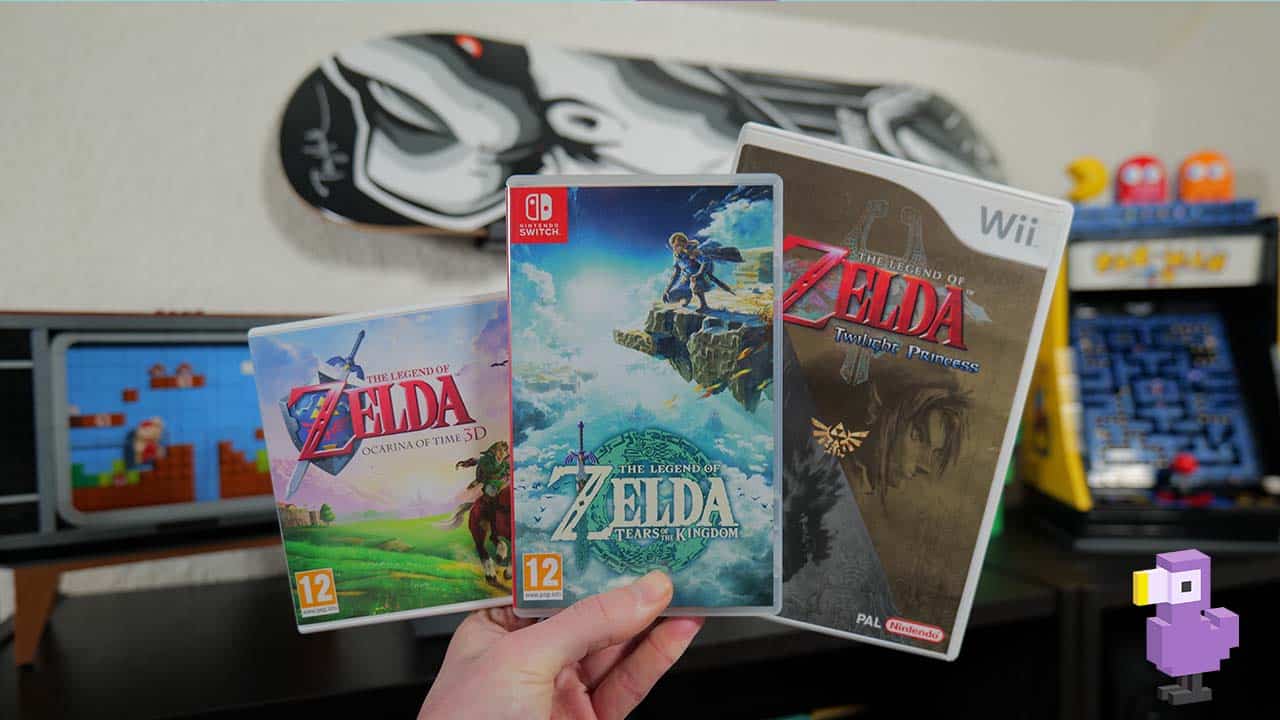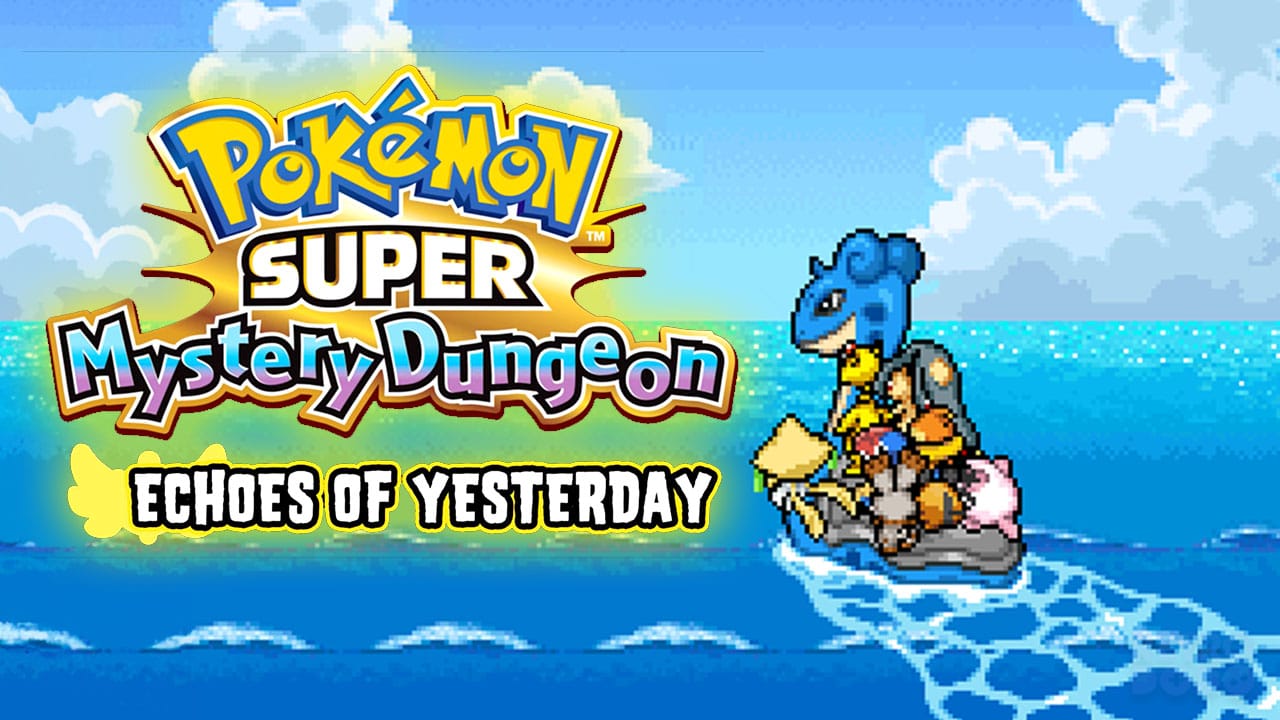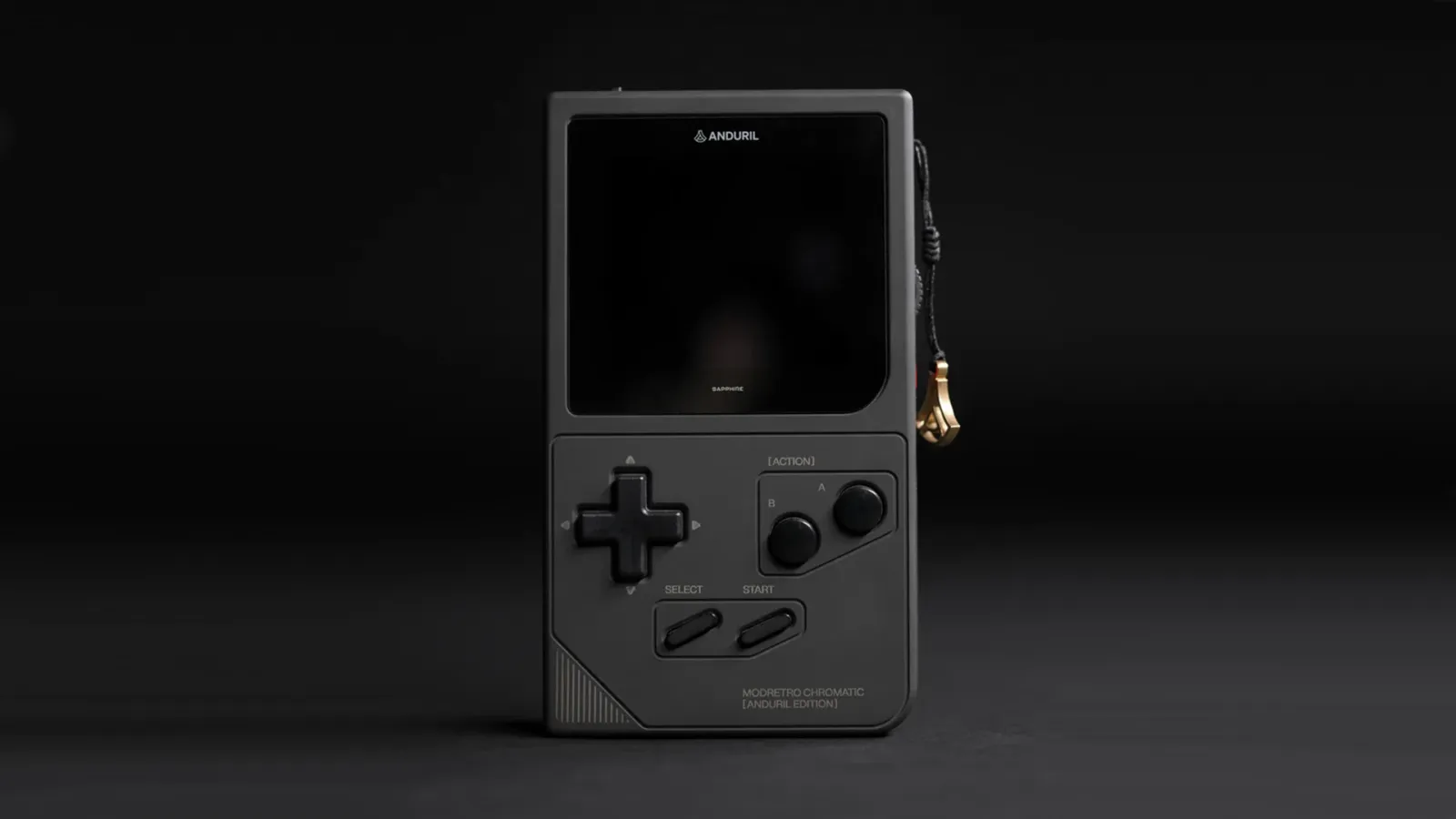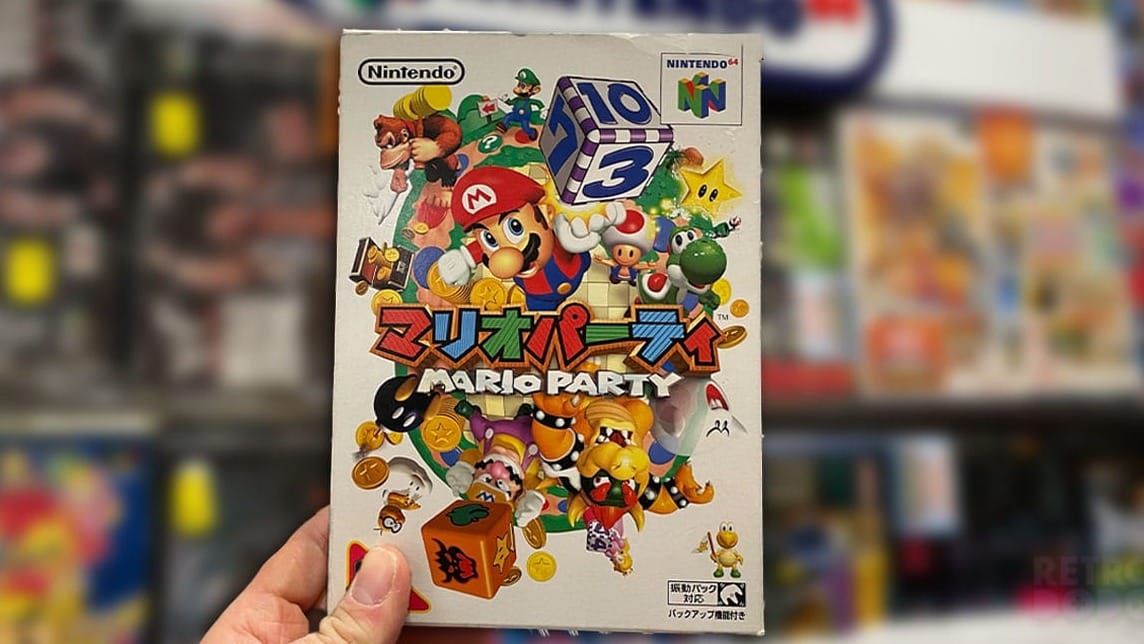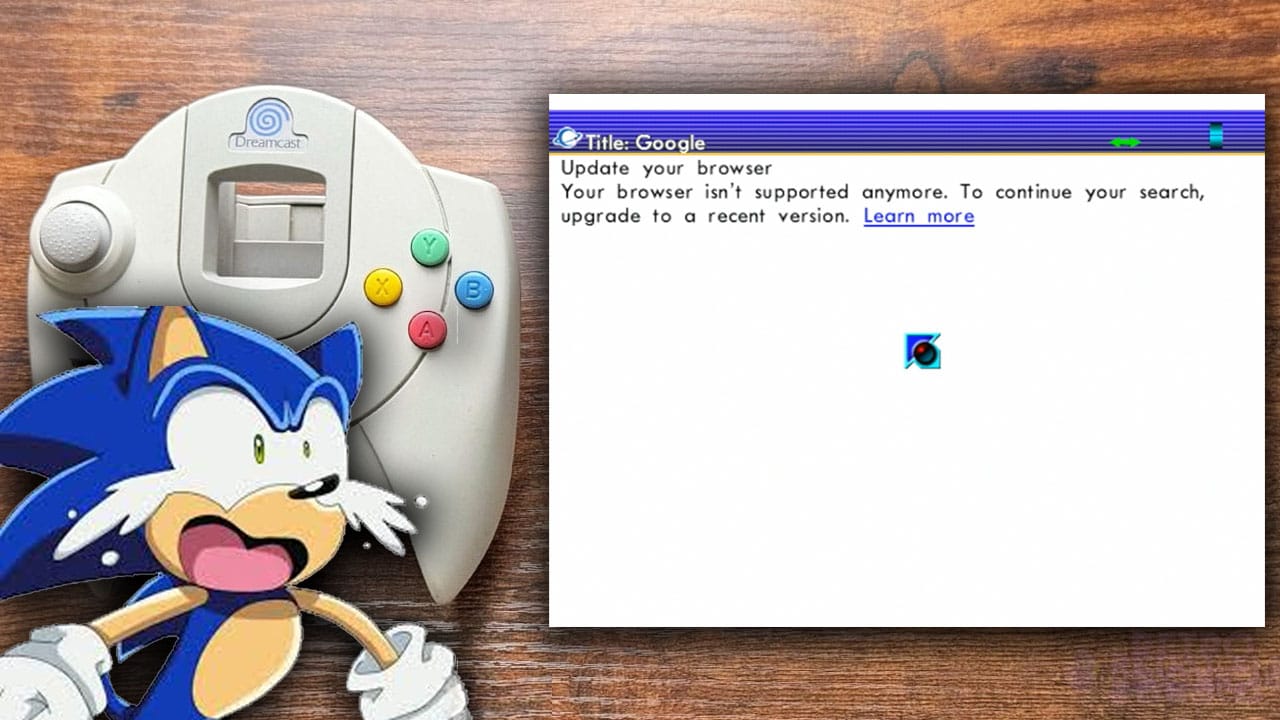I’ve been waiting a long time to share this list of the best Zelda games with you all. This series has stuck with me since I was around 6 years old. I grew up with Link and Zelda, acting out adventures in my mind long after I switched the N64 or Game Boy off.
Yes, if you haven’t picked this up already, then I’ll say it plainly. The Legend of Zelda series is my favourite game franchise of all time. The adventures are timeless, and it doesn’t matter how many times Nintendo re-release old games, I’m always the first to buy them.
From the incredible characters to the mind-blowing adventures, the best Zelda titles are more than just video games to me. They’re like a favourite book and movie rolled into one, with a legendary storyline and brilliant visuals that are both immersive and enchanting.
But how would I order all of the main Zelda titles? Well, It’s a tough one to call… who am I kidding; I’ve had this list in my mind for years now! Make the treasure chest opening noise, grab your hook shot, and let’s begin.
N.B – This list is comprised of all of the Legend of Zelda games from the main series, excluding multiple remakes for different systems, spin-off titles such as Link’s Crossbow Training, and titles that aren’t considered ‘canon’ such as the Phillips CDI titles. All entries show original release date. Check out our full list of all of the Legend Of Zelda games in order of release for more information on the full back catalogue.
1. The Legend Of Zelda: Breath Of The Wild (2017)
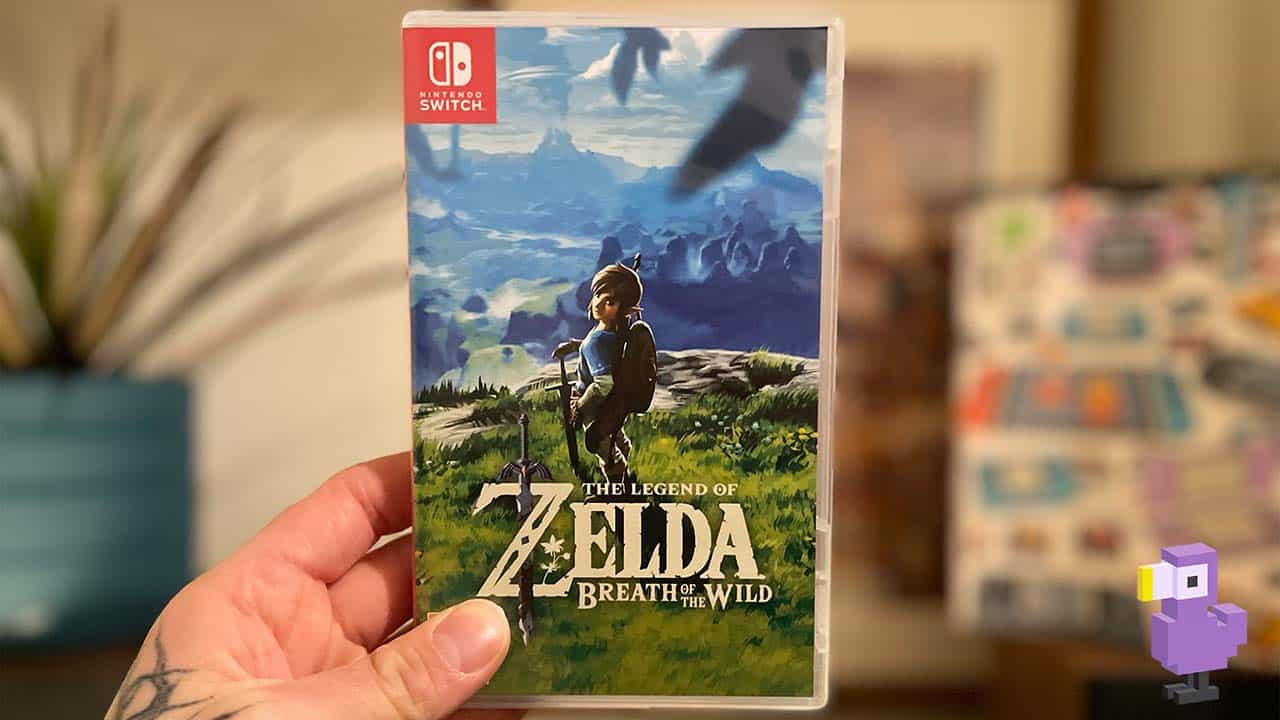
Breath of the Wild is the best Zelda game ever released. There, I’ve said it. This open-world Zelda adventure revolutionised the Zelda game format forever. Scenery can be climbed, rain affects surfaces, you can do anything; seriously, do I need to say anything else?
It’s a Zelda game, but not as we know it. Weapons break, you can go ANYWHERE, and upgrading armour is now possible. Honestly, I didn’t know that the Zelda formula could be improved upon, but Breath of the Wild knocked every other title in the series out of the park.
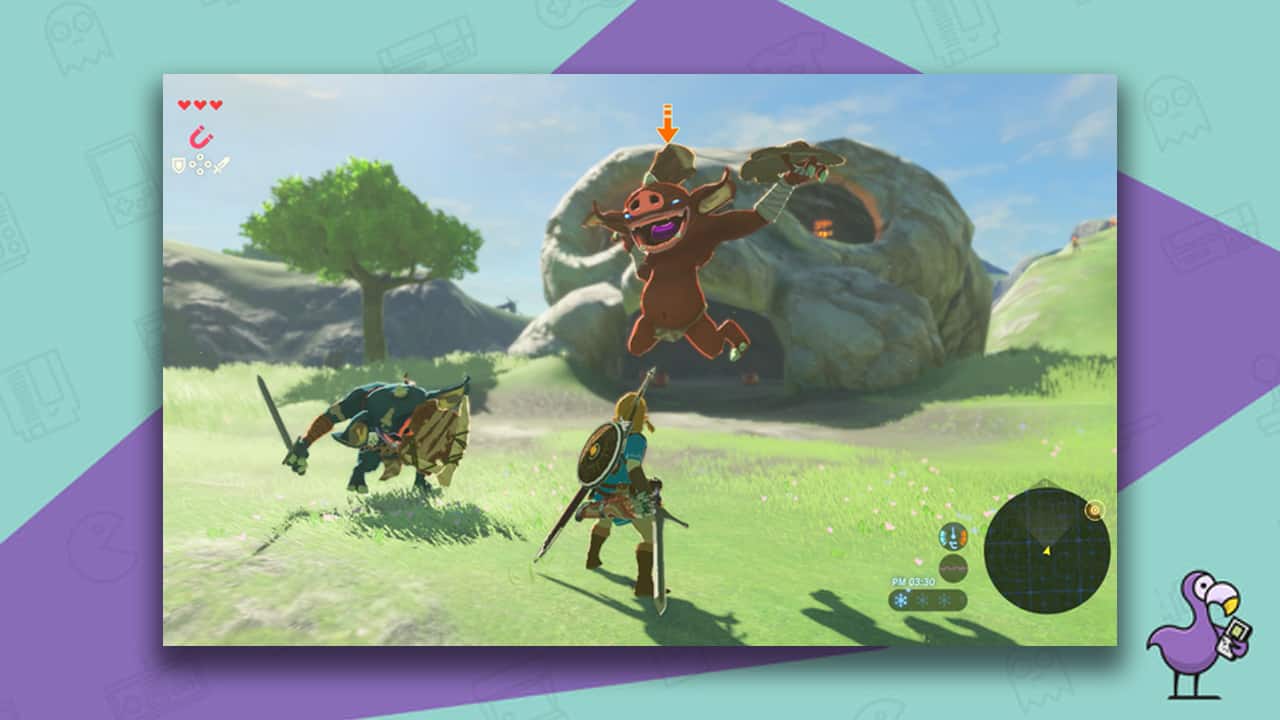
Sneaking up on enemies, hunting for food; ok, I’m just listing things that I do in this game now.
The world is so vast that sometimes I just ride around on my giant horse looking for things I haven’t spotted before. From mythical dragons to the deadly Lynels, the storyline is unlike anything I’ve ever experienced before.
The puzzles in the shrines took Zelda-brain-teasers to a new level as well. Using these as a method of increasing either health or stamina was a nice touch, and the side quests such as Tarry Town and other immersive missions linked to the main storyline such as grabbing the Thunder Helm from the Yiga Clan were blooming’ marvellous.
2. The Legend Of Zelda: Ocarina Of Time (1998)
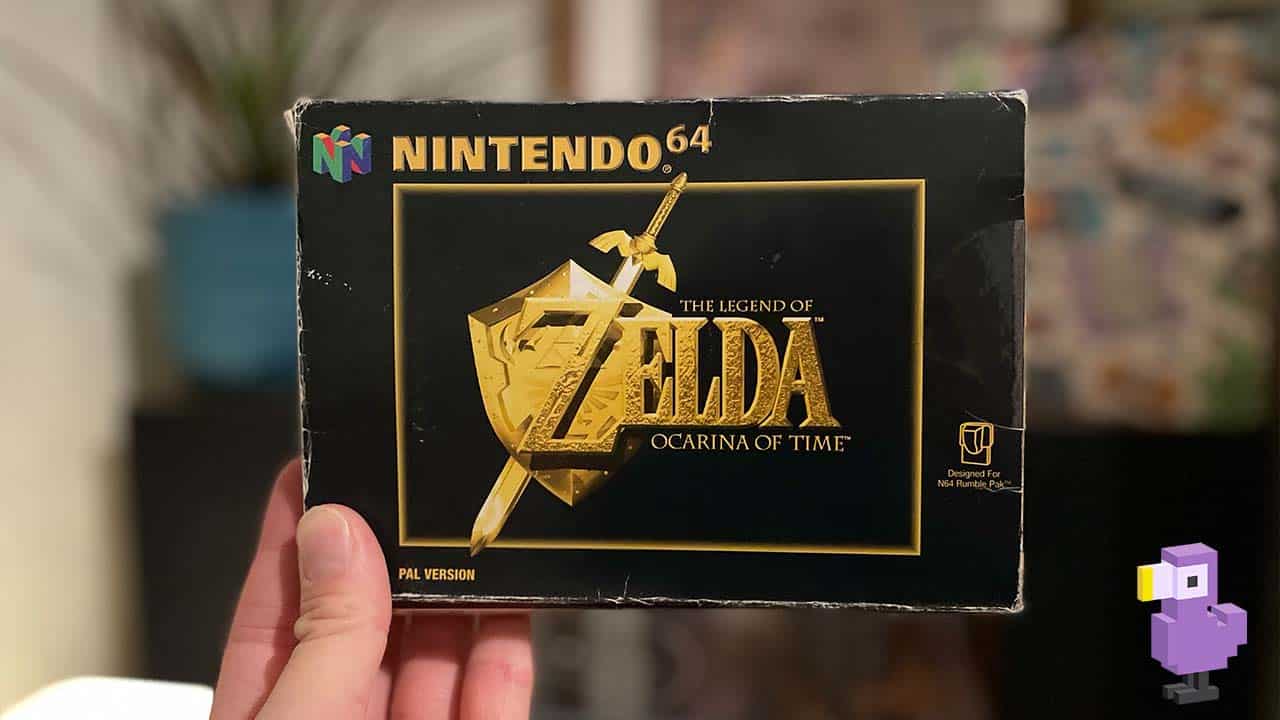
Believe me when I say I never thought I would be placing Ocarina of Time second in a list of the best Zelda titles of all time. I’ve been ranking these games in my brain since I first played Ocarina and it’s always come out top.
Until recently, that is.
Ocarina of Time had a huge impact on me as a kid. It created my yearning for adventure, my love of fantasy novels, and the desire to write them myself. I read every Nintendo Magazine article about it as a kid, scoured guides, and lived and breathed the game even before it was released.
Whether playing on the N64 or the 3DS, the adventure is spectacular. The storyline is immense, and Ganondorf remains my favourite villain of any film, game, or book to this day. Riding Epona for the first time, seeing Adult link holding the Master Sword… it takes me back!
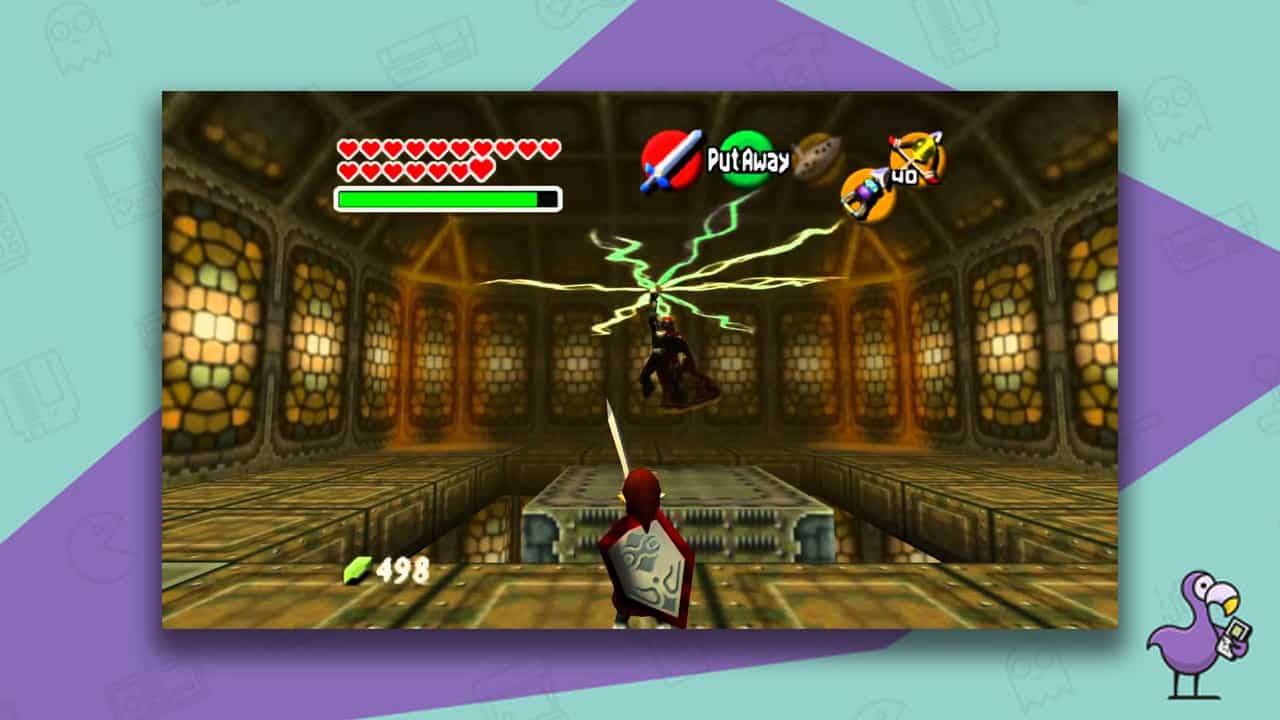
Ocarina of Time is the game that I use as a benchmark for how good other adventures are. The weapons, the characters, the boss battles; everything about it is perfectly crafted. It’s no wonder everyone classes it as the best video game of all time!
Ocarina has some of the greatest side quests too, missions to find bottles or bigger wallets etc. And that final showdown with Ganondorf and Ganon; I could play that over and over without getting bored.
Favourite boss battle other than Ganon? Twinrova. Favourite shield? Mirror shield. Favourite weapon? Din’s fire. From fishing to fighting fire-breathing dragons, this game has everything. But, in 2017, another game released that did the impossible. It knocked Ocarina off the top spot.
3. The Legend Of Zelda: Tears Of The Kingdom (2023)
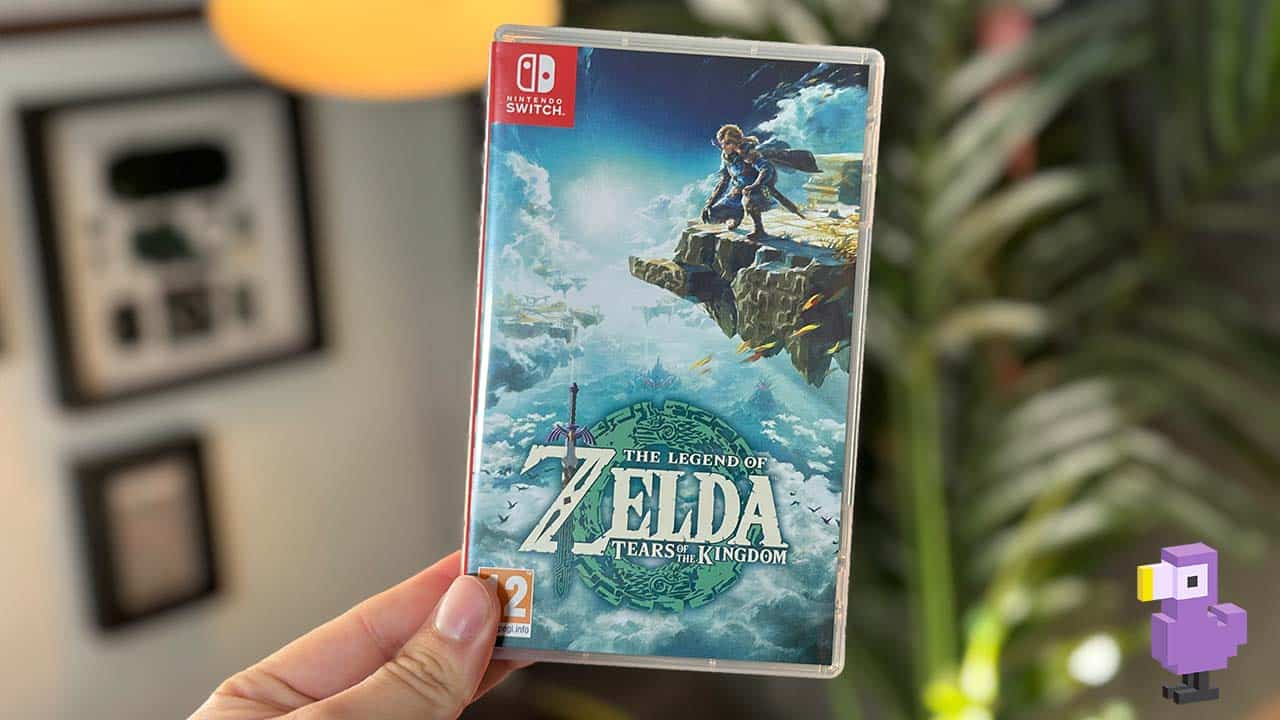
Tears of the Kingdom could well be one of the biggest games I’ve ever played and am still playing. It’s going to take years to search every nook and cranny in this game, especially seeing as though it’s spread across three levels!
We knew that we were going to be exploring through the sky from the trailers in the run-up to the game released, but finding out the day before launch that we were also going to have to dive down into the depths below Hyrule too… well that was something special.
The building mechanic is something new to the Zelda world, and while it’s a little tough to get used to at times, it has some incredible uses and makes for some brain-bending puzzles.. some of which I still need to go back and solve…
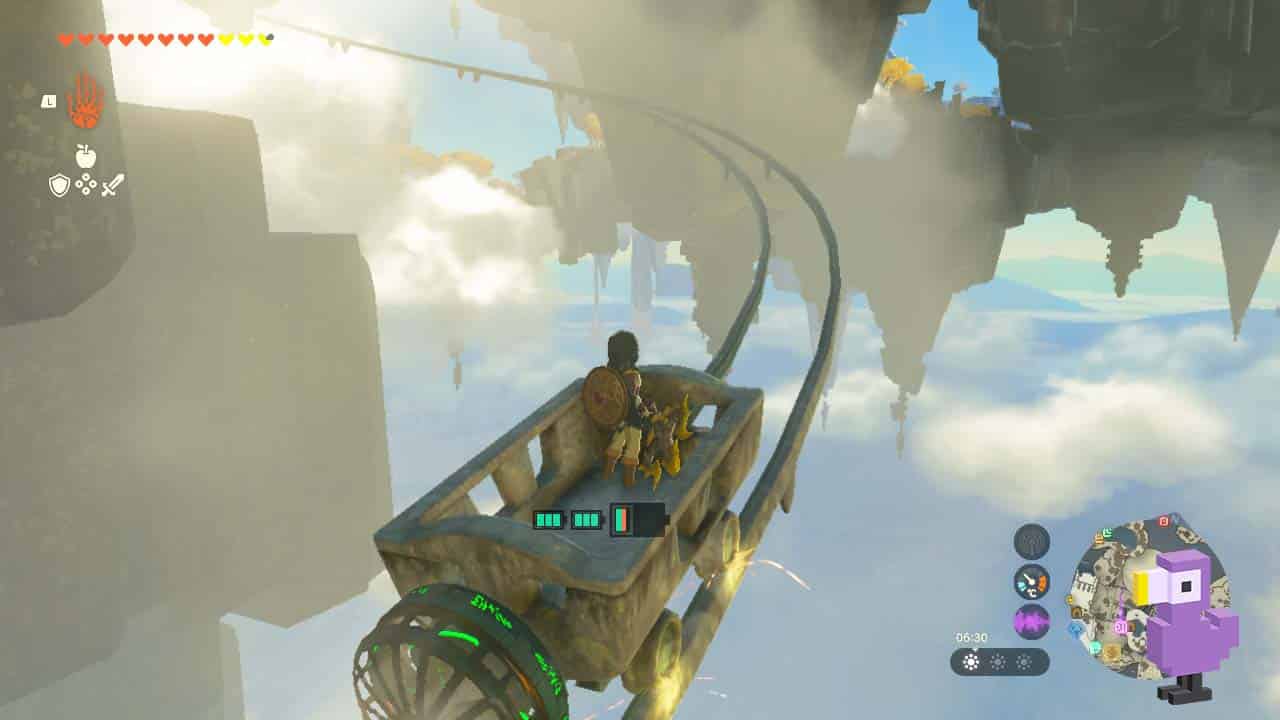
Graphically, the world of Hyrule looks exactly the same as in Breath of the Wild. In fact, the main map itself is still the same too, which brings some familiar continuity to the game. The fact that Ganondorf’s revival has decayed all of the weapons in the world with the need to fuse items together is fantastic too.
I love Tears of the Kingdom; the storyline is great, the explorative elements are fantastic, and I love the return of classic characters like the Gibdos. But for me, it’s a little convoluted at times.
There’s lots going on when it comes to building, sometimes a little too much, and it doesn’t feel as ‘shiny and new’ as Breath of the Wild did when it first came out. Still, it’s a tour-de-force and a game that the entire Retro Dodo team is still enjoying uncovering its many secrets.
4. The Legend Of Zelda: Twilight Princess (2006)

Twilight Princess was the last truly classic Zelda game, in my opinion. Ok, so Skyward Sword was technically the last, but there’s just something about The Twilight Princess that felt Ocarina-esque.
The story was superb, there wasn’t as much diving between different parts of the world, and the motion controls weren’t as much of a feature which wasn’t that big of a deal to me anyway.
This game was the last title made for the GameCube and one of the first to appear on the Wii. The Twilight Princess HD disc for the Wii-U makes buying the Wii’s successor 100% worth it, if only for this and Wind Waker HD! The graphics on the HD edition are just phenomenal!
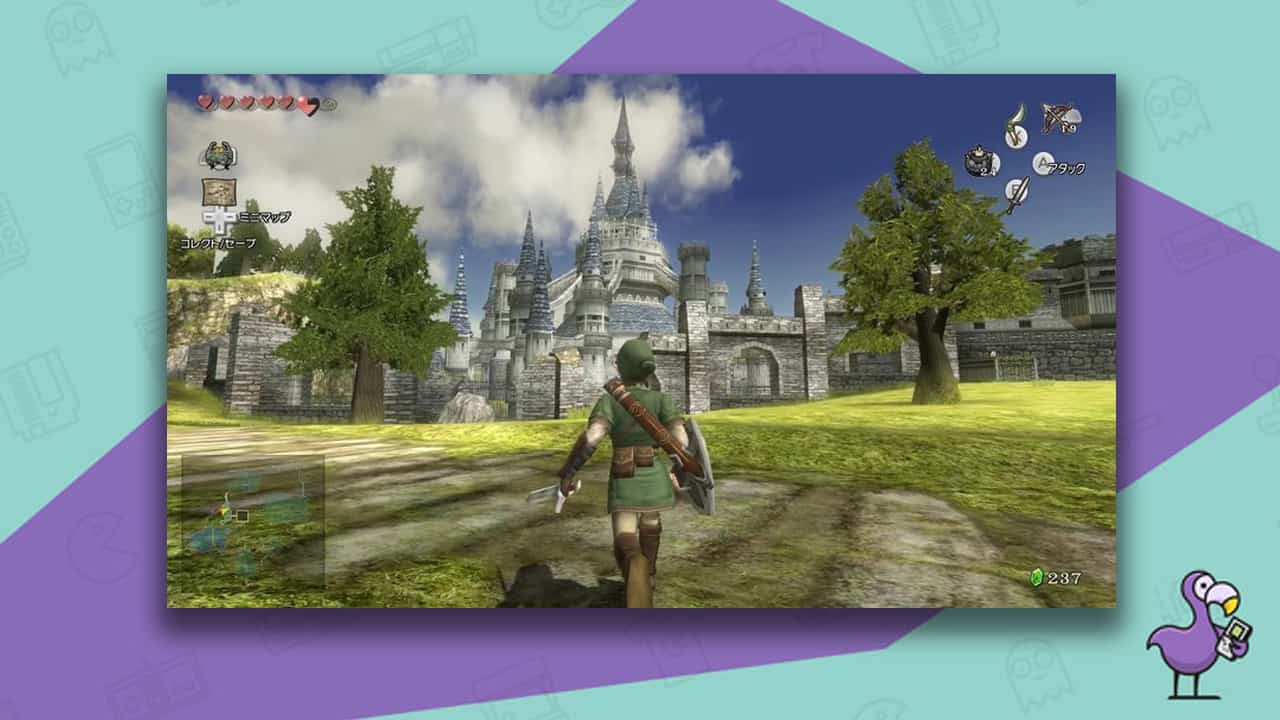
To further back up my ramblings above, Twilight Princess was the best-selling game in the Legend of Zelda Series up until Breath of the Wild released back in 2017. It outsold Ocarina of Time by a whopping 900K copies!
Hyrule field looks incredible in this adventure too. After the deviation from the usual Zelda locations in The Wind Waker, it was nice to see Hyrule Castle and Death Mountain again with their new looks. And walking around Hyrule Castle Town chatting with NPCs felt great!
Midna is a great guide throughout the game, and the wolf segments in the shadow realm are brilliantly thought out. I can’t say enough good things about this game. Grab a Wii-U, call in sick, and play like your life depends on it!
5. The Legend Of Zelda: The Wind Waker (2002)
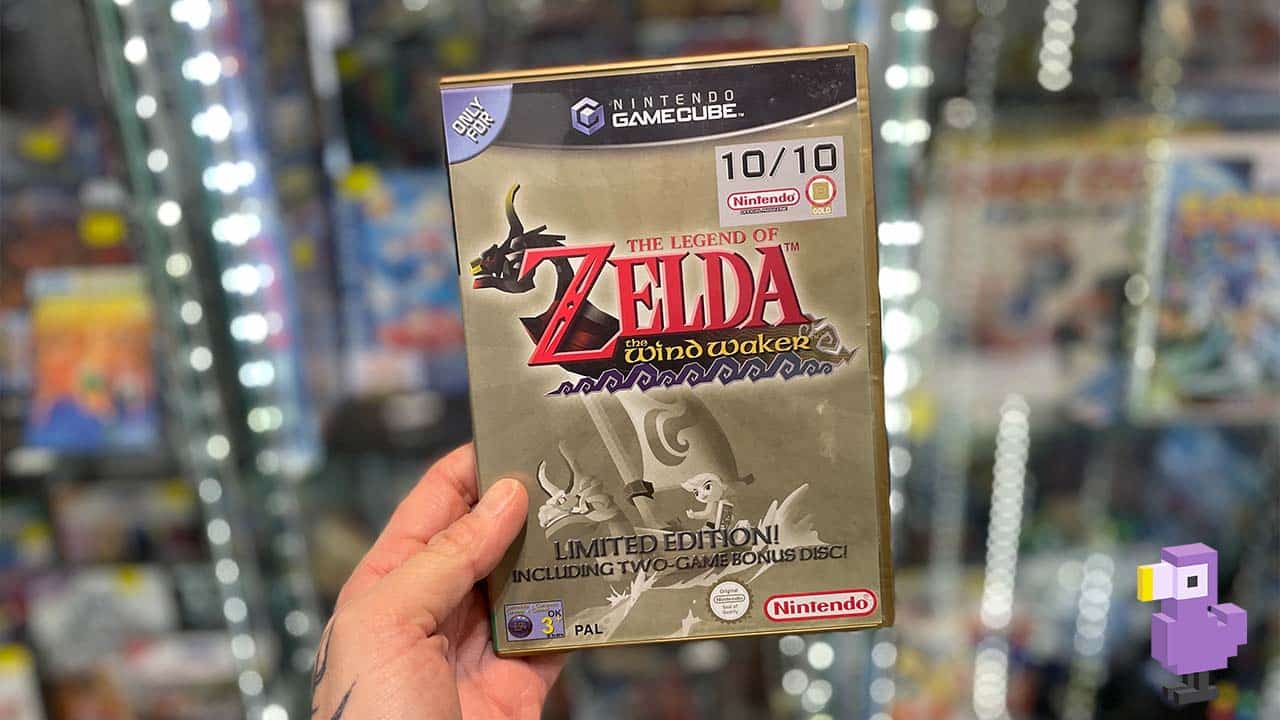
As I have mentioned previously, I was a little uneasy about the cartoony stylings of the Wind Waker before I slotted it into my GameCube. It seemed a little sacrilegious to change the existing style… but after about 30 blinks, I was hooked.
The game itself was a triumph. Almost every copy in my county sold out in a heartbeat apart from the dual disc copy I bought from a second-hand store. It hadn’t even been played, an unwanted gift perhaps, and it came with the Ocarina of Time Master Quest bonus disc. RESULT!
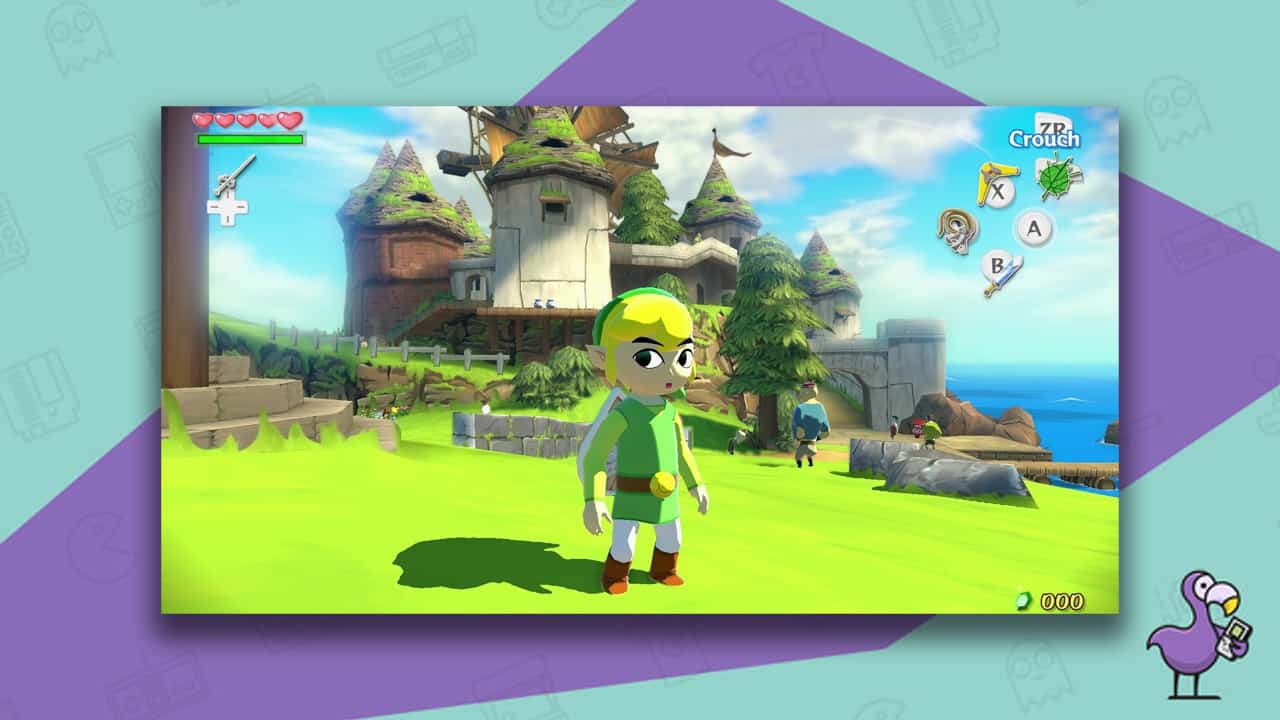
I later bought the HD version for the Wii-U which blew my mind. Who knew that this game could look any better. Far from being childish and cutesy, the new stylistic choice allowed for interesting features such as the purple smoke when enemies are killed, and the cool look of the pig-like Moblin guards in Ganon’s castle was epic. Everything is a little larger than life, including Link’s mysterious talking boat.
Ganondorf returns as the antagonist in this title. He’s looking for Zelda and capturing all the girls who look like her. Link’s sis gets snatched up by a bird, and he boards a ship with Tetra to go and save her. There’s a talking boat to guide you, lots of sailing on the ocean, and some bad-ass bosses to defeat. Give The Wind Waker a go NOW; don’t delay!
6. The Legend Of Zelda: A Link Between Worlds (2013)
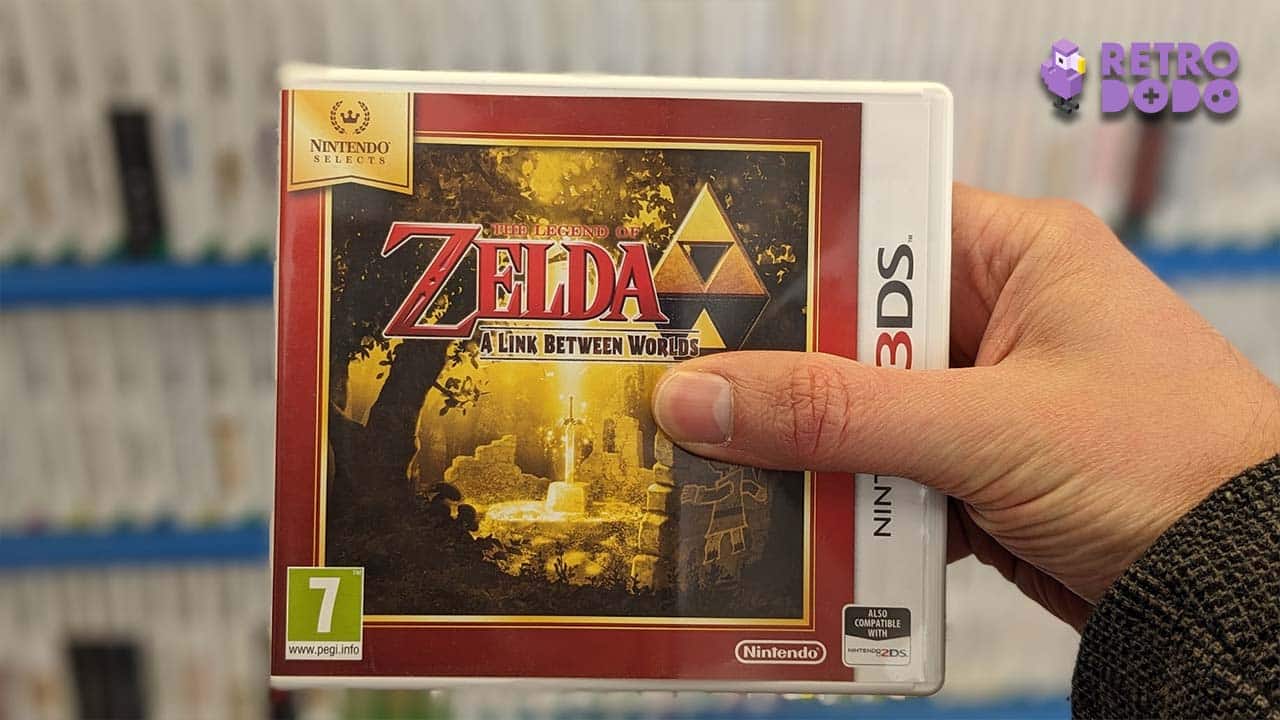
This 3DS classic provides NES top-down style action with all the modern Zelda features that we’ve come to know and love. Puzzle-solving, epic scenery, and the Master Sword. ‘Nuff said.
Link boasts a very special trick in this game; the ability to move between worlds by passing through cracks in walls, otherwise known as portals. Yep, I’m excited just talking about it!
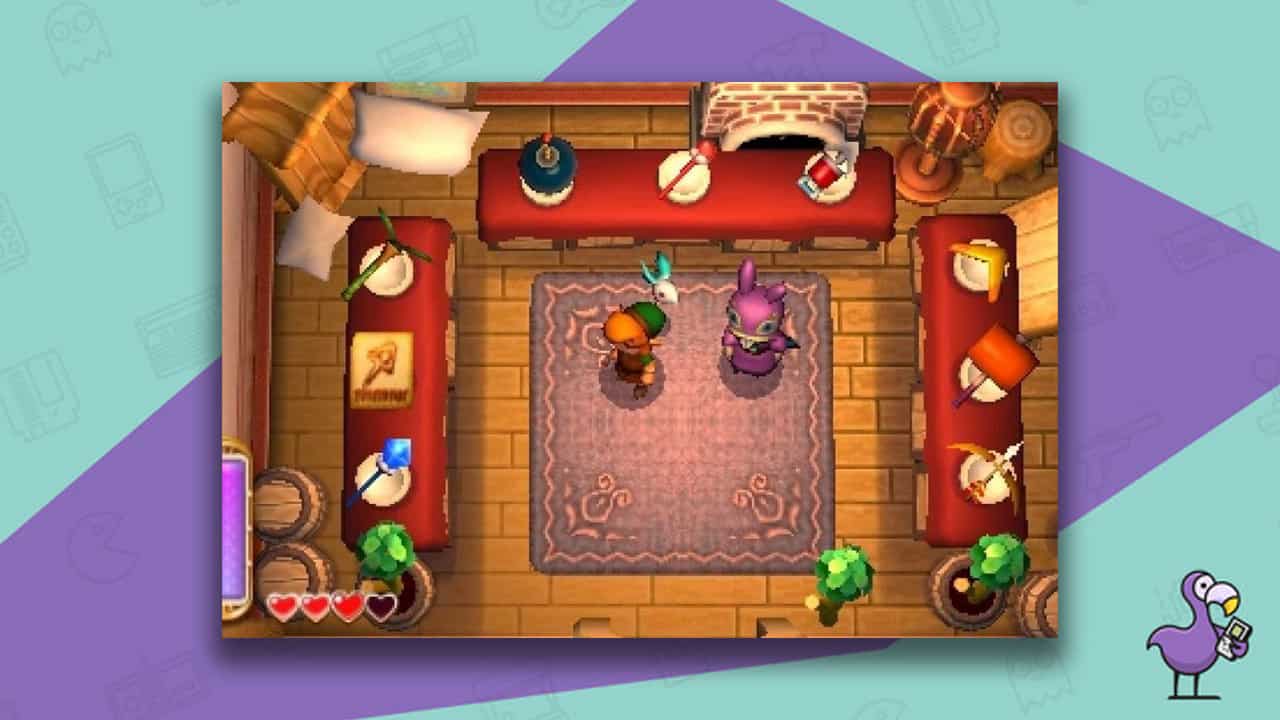
Link is the master of pulling tricks and items literally from up his sleeves, and this new skill of travelling between the worlds of Hyrule and Lorule is cooler than cool. Like the Upside-Down in Stranger Things, Lorule is a dark and dismal place filled with mysteries. Instead of a Dema-Gorgon, however, Link must stop the evil Yuga.
Yuga is the one that gives Link the ability to turn flat in the first place. That backfired a little bit, didn’t it! The hook shot and bow return as well as new items like the hammer for pounding everything in sight. It’s a great game and the perfect title to kickstart this list!
7. The Legend Of Zelda: Majora’s Mask (2000)
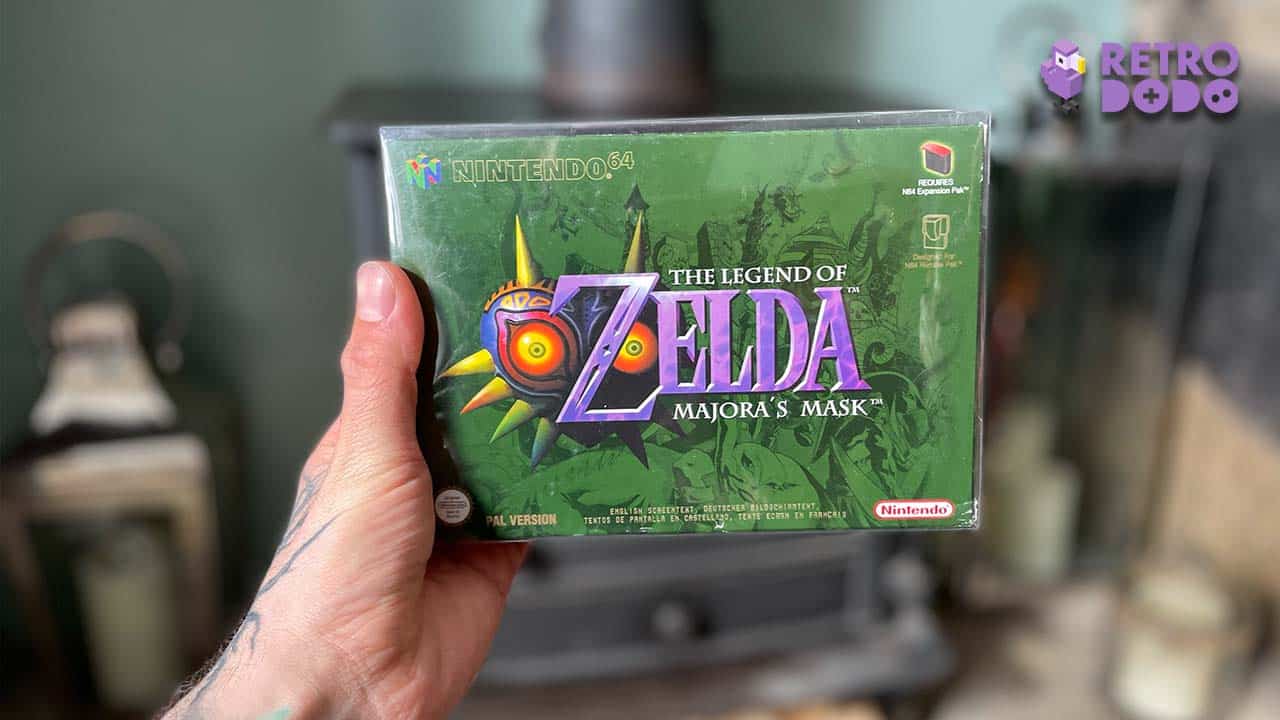
I’m going to make a lot of enemies here, I know. Still, I have to speak the truth, and the truth is that this just wasn’t my favourite Zelda adventure.
Believe me when I say that there is very little that separates any of the games in this list, and I do still think this is an awesome game. The time-changing system just didn’t sit that well with me back when the game was first released, and for me, it wasn’t as good as Ocarina of Time.
My opinion changed when I bought the 3DS version however. Older, wiser, and with more patience, I began to realise why this game was such a hit, and the updated graphics were super appealing too.
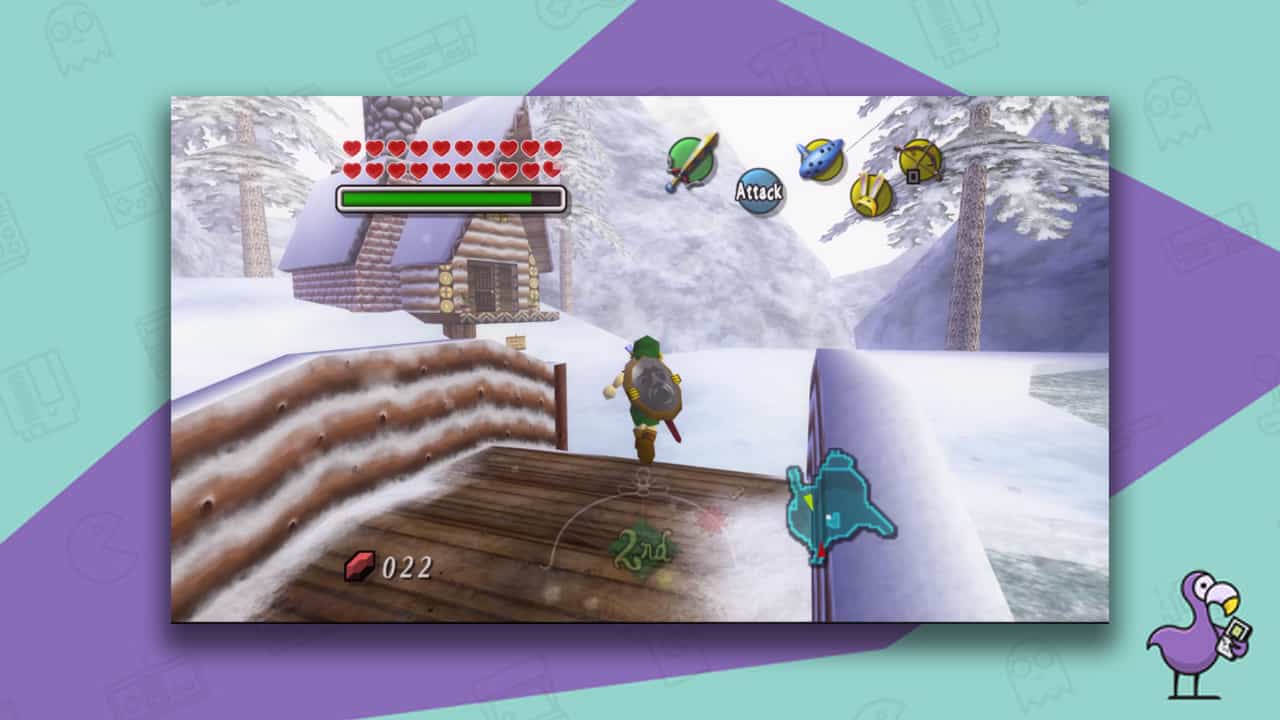
The 3DS offering dropped fifteen years after the original N64 cart hit store shelves. With stereoscopic graphics and gyroscopic features, it certainly breathed a new lease of life into a game some players may have skirted over.
Playing as the Goron and the Zora were always my favourite parts in this game. Interacting with the various NPCs while wearing different masks brought lots of unique responses, and the main story is incredibly well thought out.
Characters from Ocarina such as the Happy Mask Salesman, Skull Kid, and Darunia’s Ghost also appear, giving fans of the game lots of Easter eggs to search for. It’s a great title, but I just like the others more.
8. The Legend Of Zelda: The Minish Cap (2004)
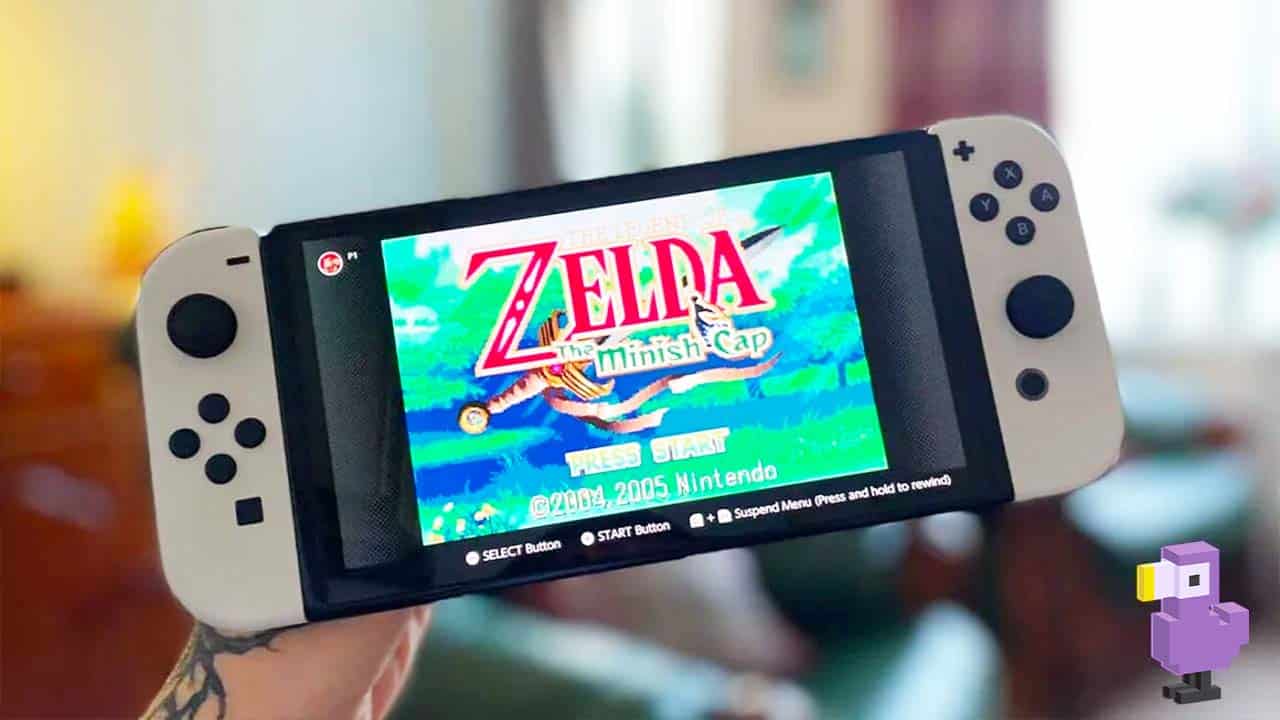
It might surprise some of you to know that The Minish Cap wasn’t produced by Nintendo. I know; just take a minute to get over that shocker before moving one.
Capcom grasped the Four Sword by the hilt and charged to victory with this game. They certainly proved they had what it took to make an epic Link Adventure, and Minish Cap deservedly takes the 8th spot in our list.
For those of you who haven’t played Minish Cap, it’s like a cross between A Link to the Past and Link’s Awakening in terms of gameplay style. The levels are similar, though the mechanic of becoming smaller to the converse with the Minish or ‘Picori’, an entirely new people in the Legend of Zelda canon, is both refreshingly different and fantastic.
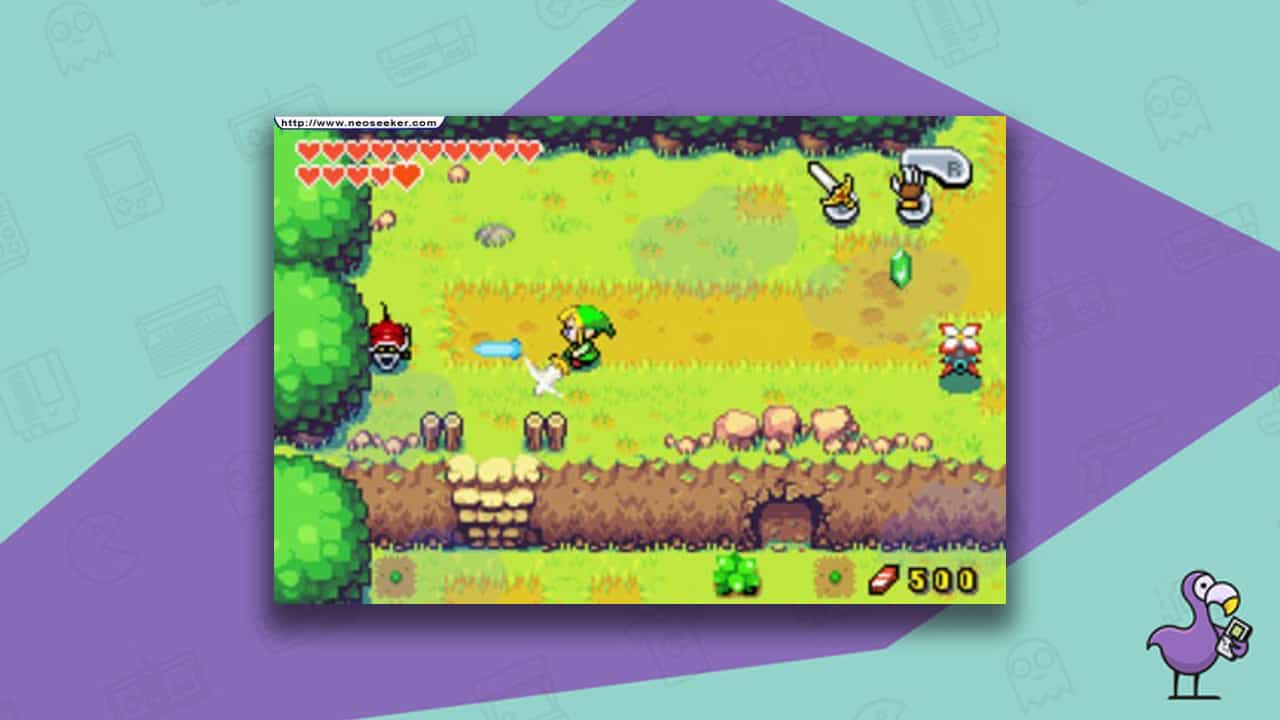
Thanks to Link’s new Minish Cap ‘Ezlo’, Link boasts shrinking powers that enable him to explore new places with his cantankerous guide. Ezlo coincidentally looks exactly like Link’s usual hat with a birds head on the end.
Link usually has someone close by to guide him; Midna, Navi, Fi, though Ezlo is one of my favourites. He isn’t as annoying as the others and is comical as well as helpful. Can you push back the darkness (a recurring theme in these games), defeat Vaati, and restore the Picori blade?
9. The Legend Of Zelda: Link’s Awakening (1993)
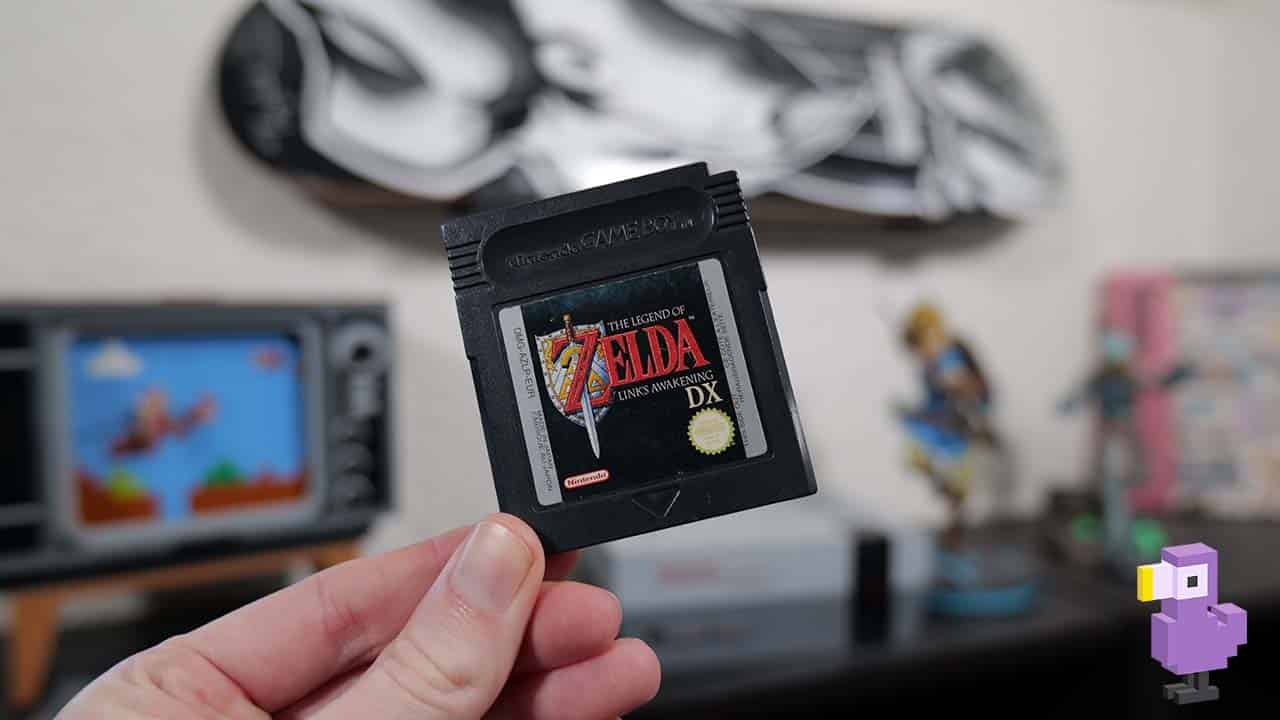
Link’s Awakening was always great for the GBC, but the Nintendo Switch version turned it up to 11 in my opinion, and I still love replaying this updated adventure months after it came out.
Whether playing on the DMG, GBC, or Switch, this game is fantastic from start to finish. As it was never intended to be an official Zelda title in the early days, some characters from the Mario series such as Goomba’s and shy guys appear as bad guys. Think of it as an official unofficial crossover… if that makes sense.
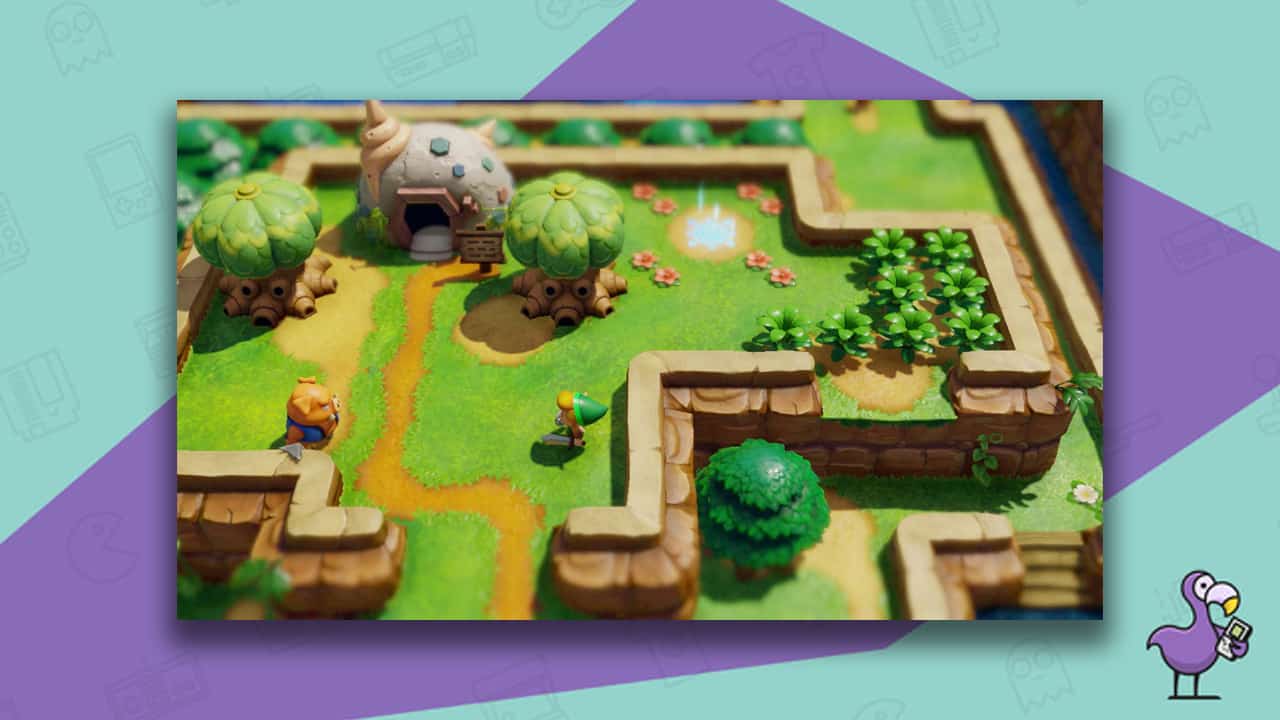
Rather than exploring the realm of Hyrule, Link’s Awakening takes place on Koholint Island. What hasn’t changed is the ‘find dungeon, gain weapon, kill boss’ mechanic used in previous games in the series pre-BOTW.
The Switch Version is my favourite by far as it looks stunning. Koholint looks incredible and the graphics really do our green-garbed-hero justice. Battle Moblins, take a chain-chomp for a walk, and kill bosses with three hits just like in the good-old-days. Yep, it’s a classic alright and one of the best Zelda titles in my collection.
Check out my official review here: Link’s Awakening Review
10. The Legend Of Zelda: Oracle Of Ages/Seasons
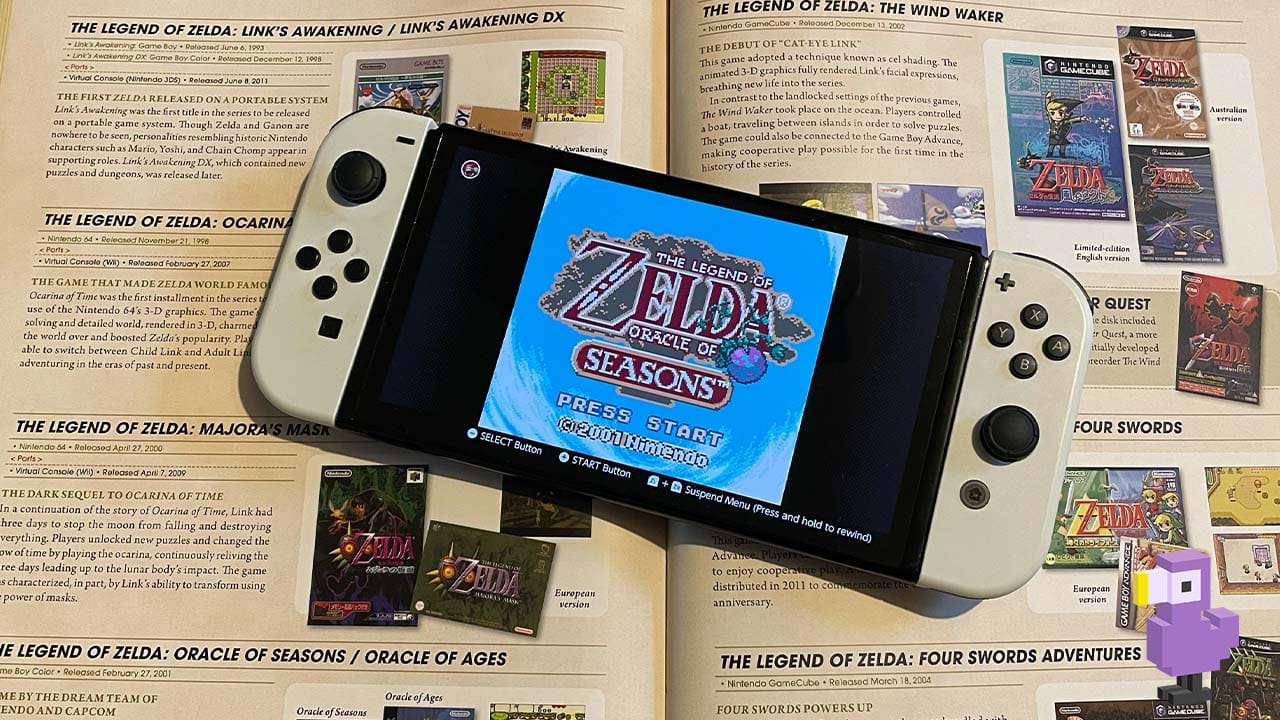
The Legend Of Zelda: Oracle Of Ages and Oracle of Seasons are both two parts of one whole, which is my mystical way of saying that you need to play both titles in order to truly experience the full tale.
And, as you might have guessed (or if you’ve read my articles on these games before) there’s a specific colour to go with each game. Oracle of Seasons has a warmer feel to it, while Oracle of Ages has a definite blue tinge as it has lots of scenes shrouded in darkness, both tying in with their respective game covers.
There isn’t really a specific way to play both games, with both having different qualities and different vibes. Ages is more puzzle-based, while Seasons champions combat, so that might help you to decide which one you tackle first.
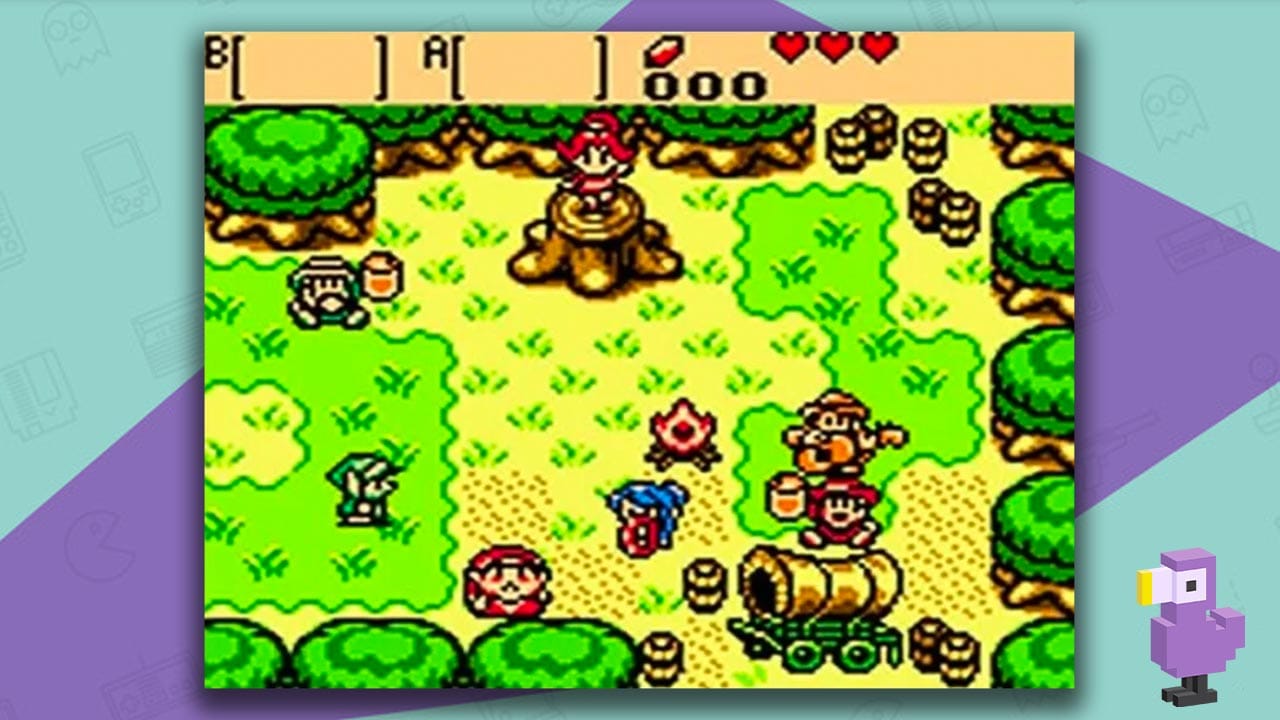
Despite having different vibes, the way the games work is incredibly similar; they even have passwords to unlock and upgrade items in both games too, tying in the whole ‘get both and play both’ angle. If only the same thing had worked for Banjo-Kazooie and Banjo-Tooie…
If I’m being honest, I prefer Oracle of Seasons as it feels a little more fast-paced and always tend to start with that first, but both of these games are handheld marvels and well worth playing, especially if you have a Nintendo Switch Online subscription!
12. The Legend of Zelda: A Link to the Past (1991)
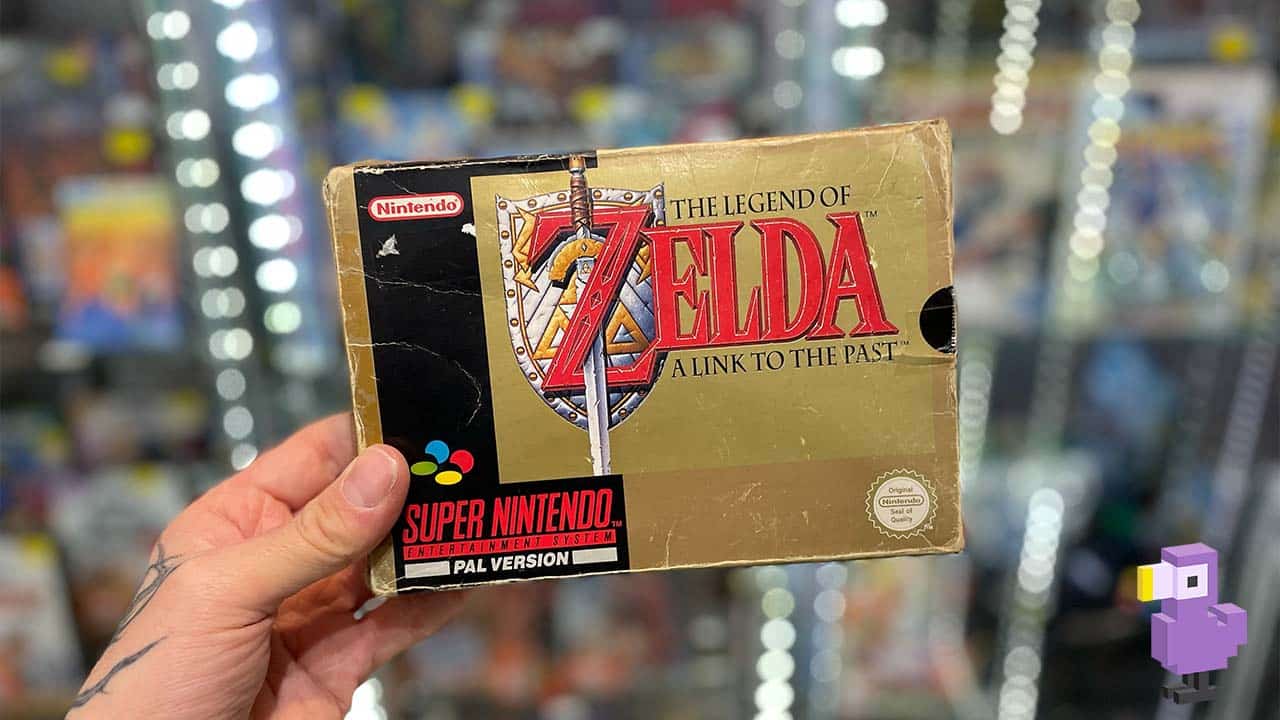
If you know your Zelda history, then you’ll know that this game falls in the timeline that follows the ‘Hero Is Defeated’ line. The Sacred Realm has become the Dark World, and Ganondorf has been resurrected in Beast Form as Ganon.
Link, as brave as ever, must save the descendants of the Seven Sages, the very same from Ocarina of Time, though if you were playing this game in 1991, then you wouldn’t know that they existed yet. It’s all a little confusing, and even I have to check Hyrule Historia when I’m getting my facts about the Imprisoning War right!
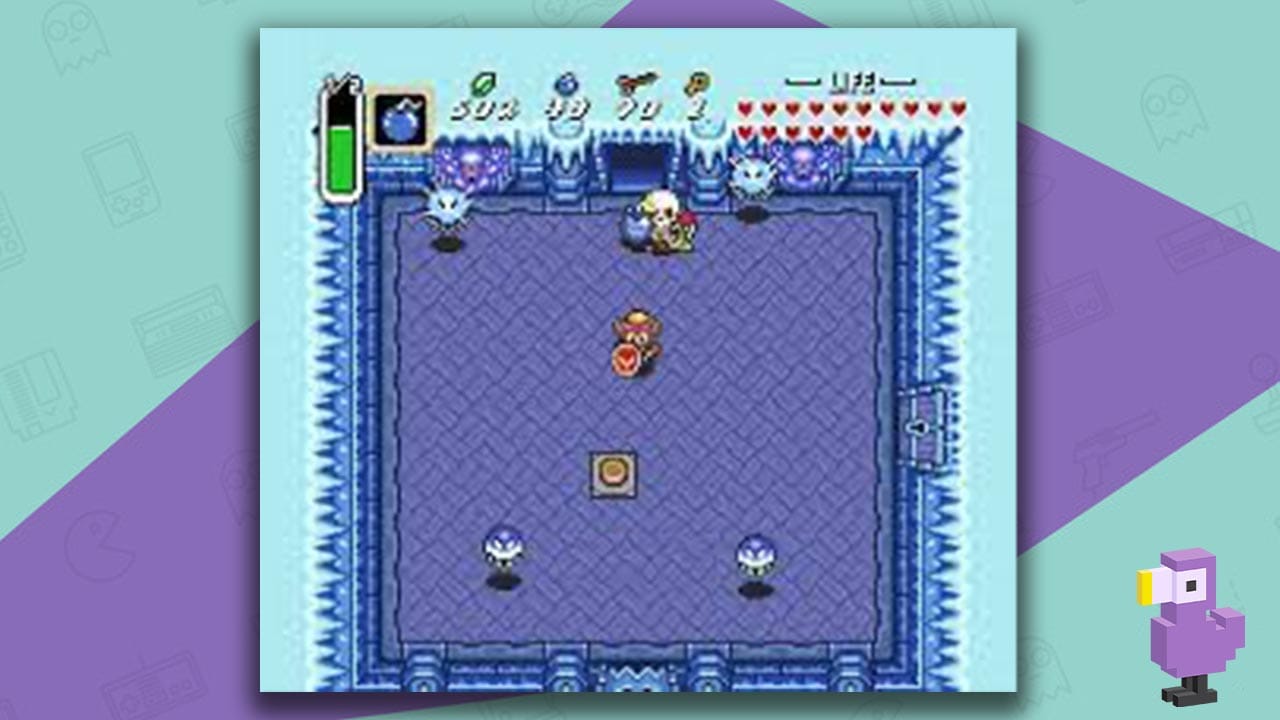
All that really matters is that A Link To The Past is a great game on any Nintendo platform and, while a little old-fashioned for some of the younger Retro Dodo readers, is well worth a play for anyone who might have recently tackled the remake of Link’s Awakening.
Here’s a little bit of trivia that you might like too; this is the first game (in terms of release date) that we ever saw the Master Sword too – how cool is that!
12. The Legend Of Zelda: Skyward Sword (2011)
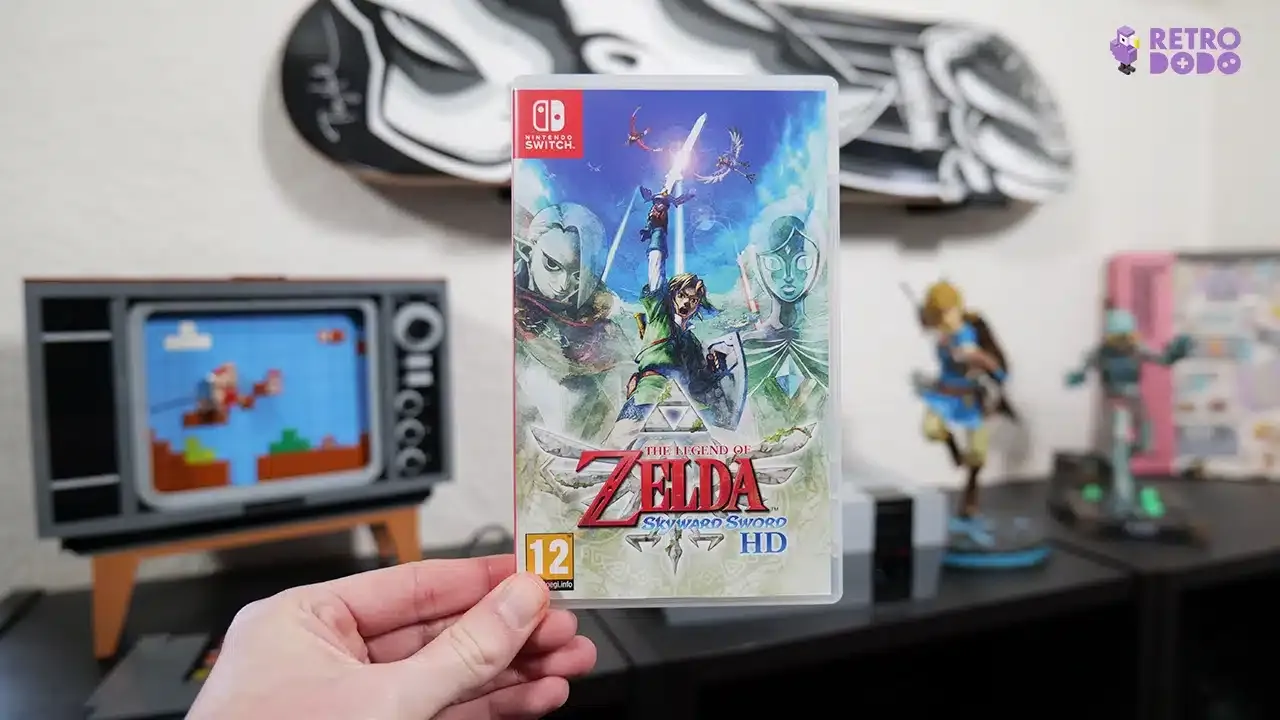
Skyward Sword is the game that technically started it all, even though it came out in 2011. It’s set in a world where Hyrule has yet to be founded and the Master Sword created, with Link growing up above the clouds in Skyloft.
This game has had a bit of a resurgence thanks to Nintendo releasing Skyward Sword HD on the Switch. With perfected motion controls and the ability to use links sword via the right-joycon joystick, it’s certainly a much nicer adventure to play and fantastic in handheld mode.
The original title perfected the slashing motion controls first used in Twilight Princess too. Slicing Bokoblins and pushing back attacking enemies using the Wiimote and Nunchuck felt too cool, even though the swimming levels were an absolute nightmare!
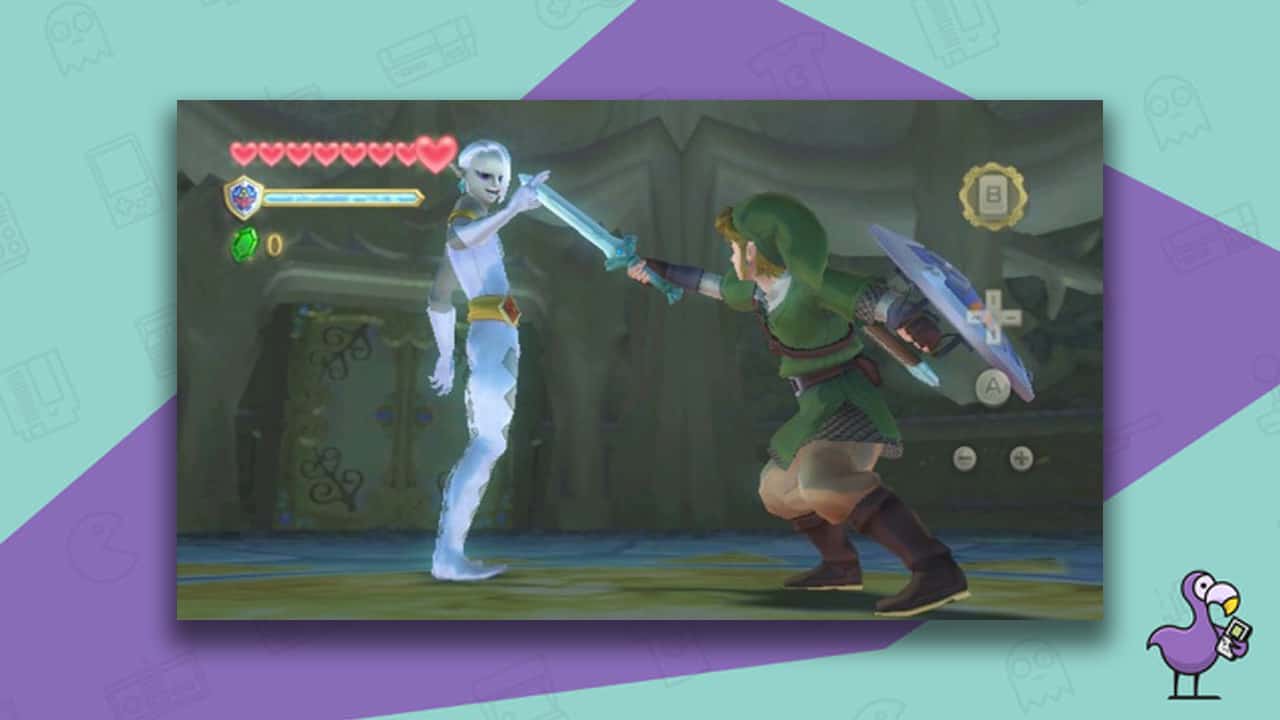
Ghirahim, the weird villain dude in the pic above, also makes my list of top Zelda baddies. He looks a little as though he should be in an 80’s New Romantic band like Duran Duran, but don’t let the swish hairdo fool you. This guy’s one tough cookie and means business!
Skyward Sword had some good features, but the frustrating tear-collecting levels stopped it from ranking higher in this list. I don’t know how many times I died trying to play through those sections!
The Loftwings, falling down into the different levels, and the features that would become integral in BOTW such as the sackcloth and the stamina pods were all brilliant, however. It’s the first Zelda game where running took a precedence over continually rolling everywhere, and it’s the last title to feature the traditional ‘gain weapon, kill boss, new area, repeat’ method of play.
13. The Legend Of Zelda: The Phantom Hourglass (2007)
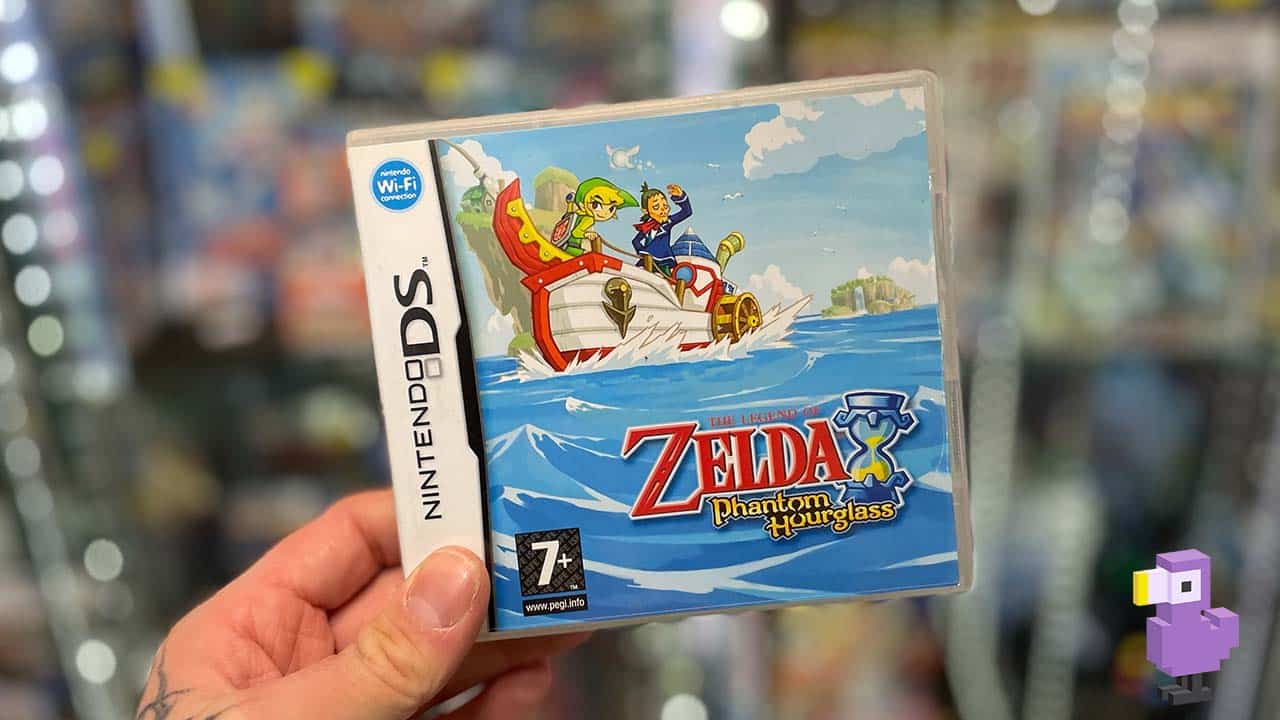
Direct sequels aren’t usual in the word of Zelda. They all follow on in regards to the official timeline, but in the case of the Phantom Hourglass, it’s a continuation of the Wind Waker and takes place straight afterwards.
The gameplay is very similar to the GameCube classic too, with players taking to the sea in a new boat now that the King of Red Lions chooses to remain in Hyrule.
Tetra is back too, and Link must use the Phantom Hourglass to manipulate time while exploring a new temple, heading deeper and deeper within its walls every time he visits and uncovering more secrets all the while.
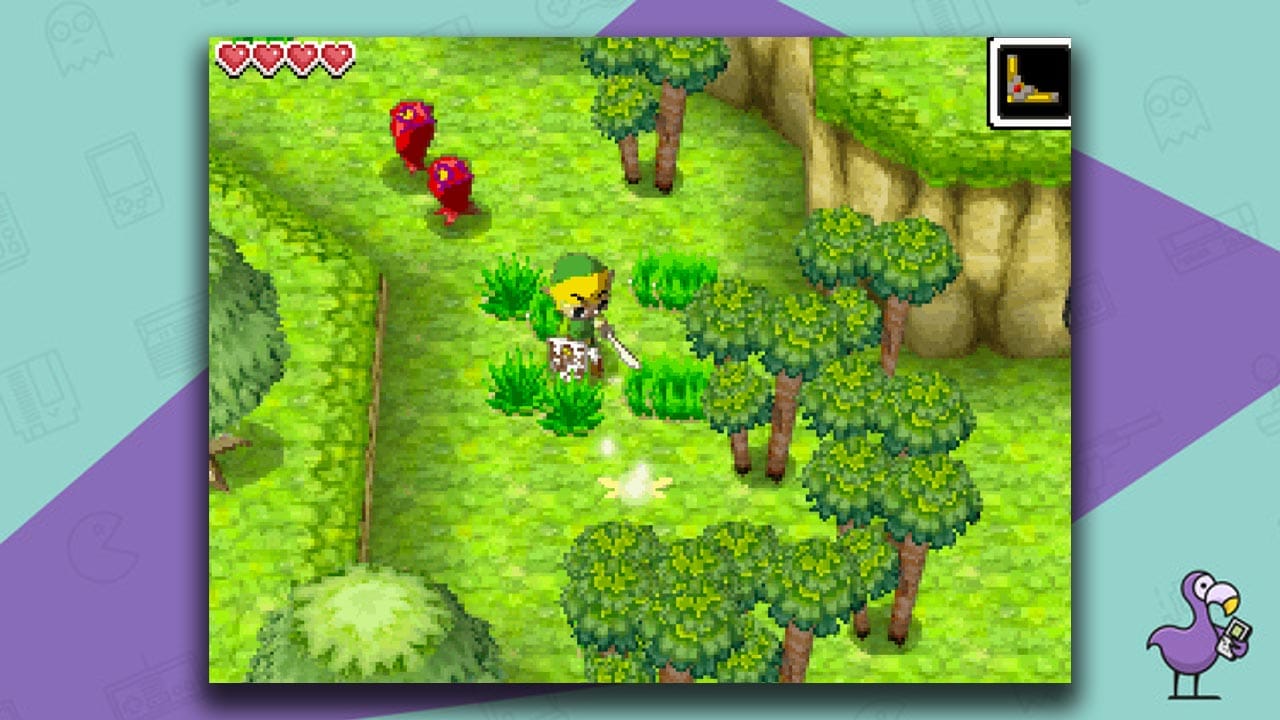
Graphically, the game holds up pretty well as I write this article today. It’s not as finely polished as the Link’s Awakening remake for the Switch by any stretch of the imagination, but it does tie in nicely with the Wind Waker aesthetic and, as a result of using the same cell-shaded graphics, has aged very well.
I love the DS Zelda games for the fact that they have a lot more substance over the original top-down Zelda titles of old. That’s not their fault; there wasn’t the means to make games like this back in 1986. Phantom Hourglass has just got, to use the technical term, a bit more oomph to it, and is definitely one that fans of 3DS classic ‘A Link Between Worlds’ should try!
14. The Legend Of Zelda (1986)
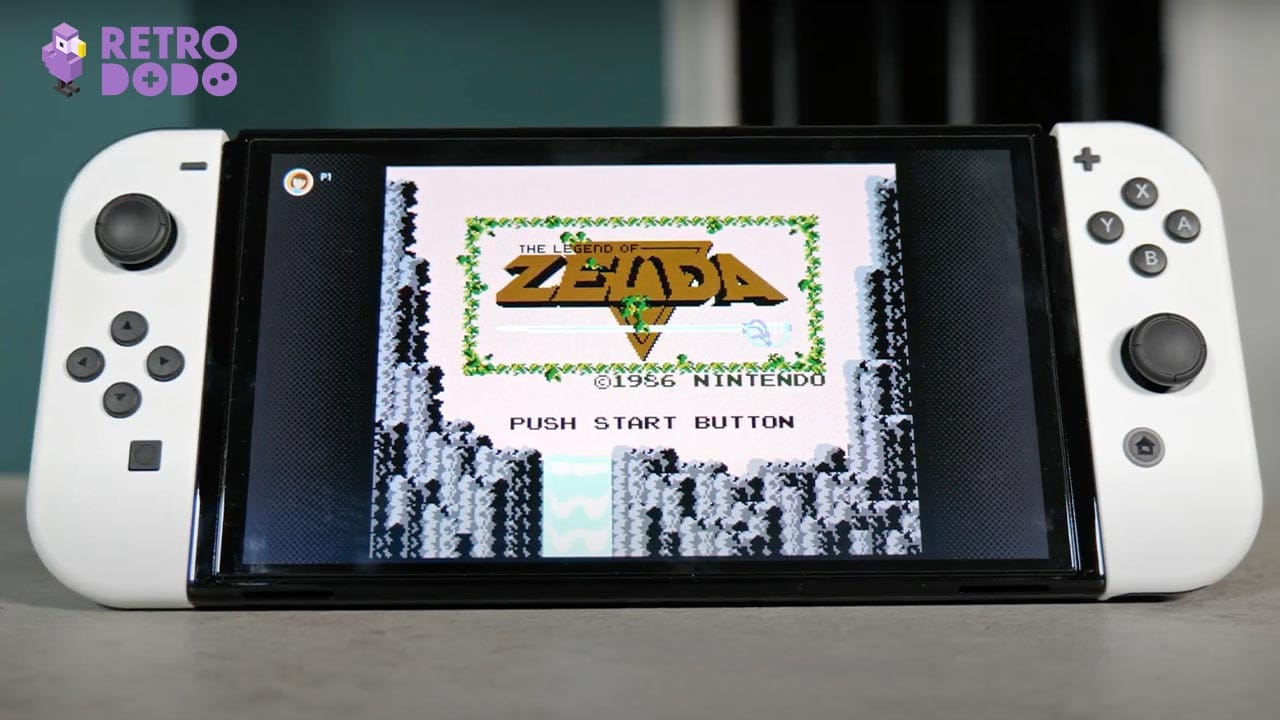
The title that started it all off (the actual first game, not Skyward Sword sneaking in and taking that accolade in terms of storyline), is up next in our list. It’s an iconic title many people recognise even if they’re not massive gamers, and a title that popularised RPG home console gaming for the masses.
Shigeru Miyamoto and Takashi Tezuka created something amazing with this game, and it’s amazing to look back through the series from Tears of the Kingdom to the very first NES title and see how far we’ve come.
But (and there’s always a but), while I will always have tonnes of respect for this game, I just prefer the newer titles that have much more going on visually a heck of a lot more.

As I said at the end of my segment on the Phantom Hourglass as a bit of a prelude to this section, it’s nothing that can be helped. Time marches on, and what was revolutionary in 1986 just can’t compare to what is revolutionary as I write this article in 2024, 38 years later.
I think the fact that my first Zelda experience was Ocarina of Time has a lot to do with it too – I grew up with 3D Link and came to the previous titles later, so Ocarina was always my benchmark, and still very much is my benchmark as to what constitutes to a truly fantastic game.
Still, we wouldn’t have Ocarina of Time or Breath of the Wild without Shigeru and Takashi’s genius creation, and for that reason alone, it will always have a special place in our hearts.
And it will always rank higher than Zelda II: The Adventure of Link…
15. The Legend of Zelda: Four Swords Adventures (2004)
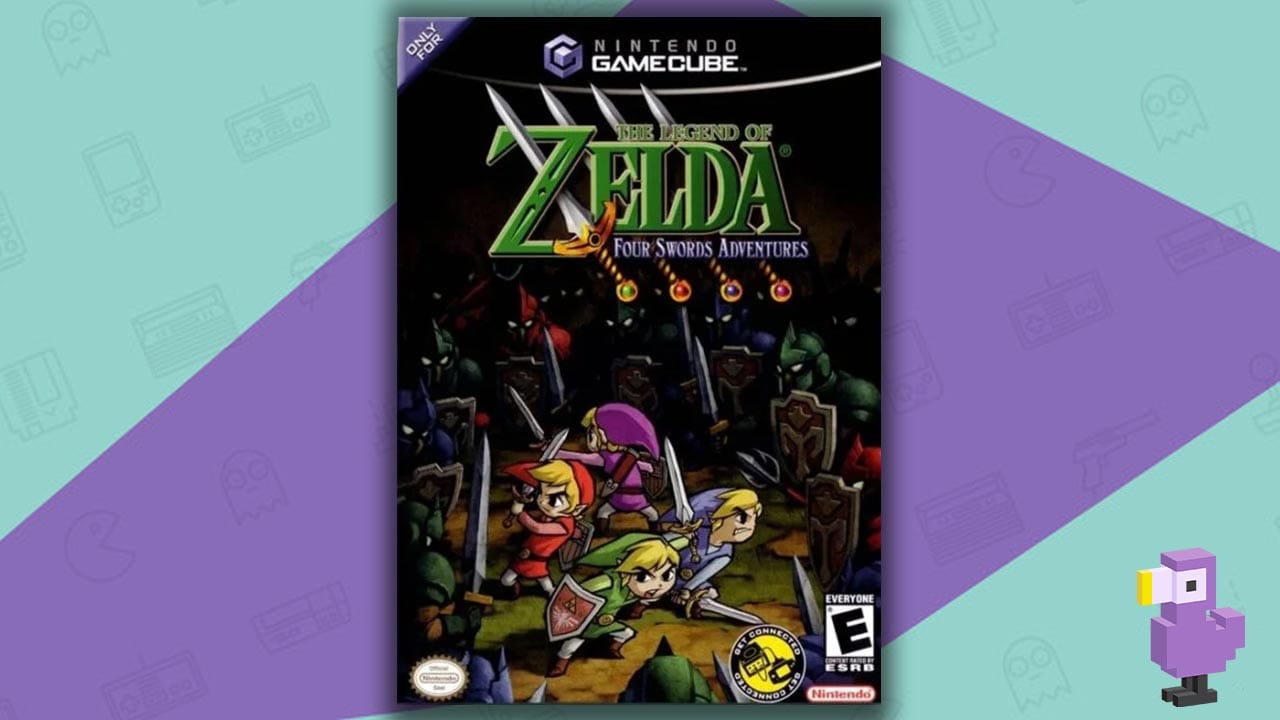
You’ll see the original Four Swords that made an appearance on the GBA further down this list, but the sequel on the GameCube, for me, will always take precedence over it.
The GBA title that shipped with Link to the Past was pretty short-lived even though it had some cool features, but Four Swords Adventures is a bona fide Zelda game in its own right with much more substance, rather than a cool add-on.
I guess to summarise, it felt like Nintendo were just trying the idea out for the GBA to see if it had any legs, but this GC title was them going all-in and committing to using the formula for a full title.
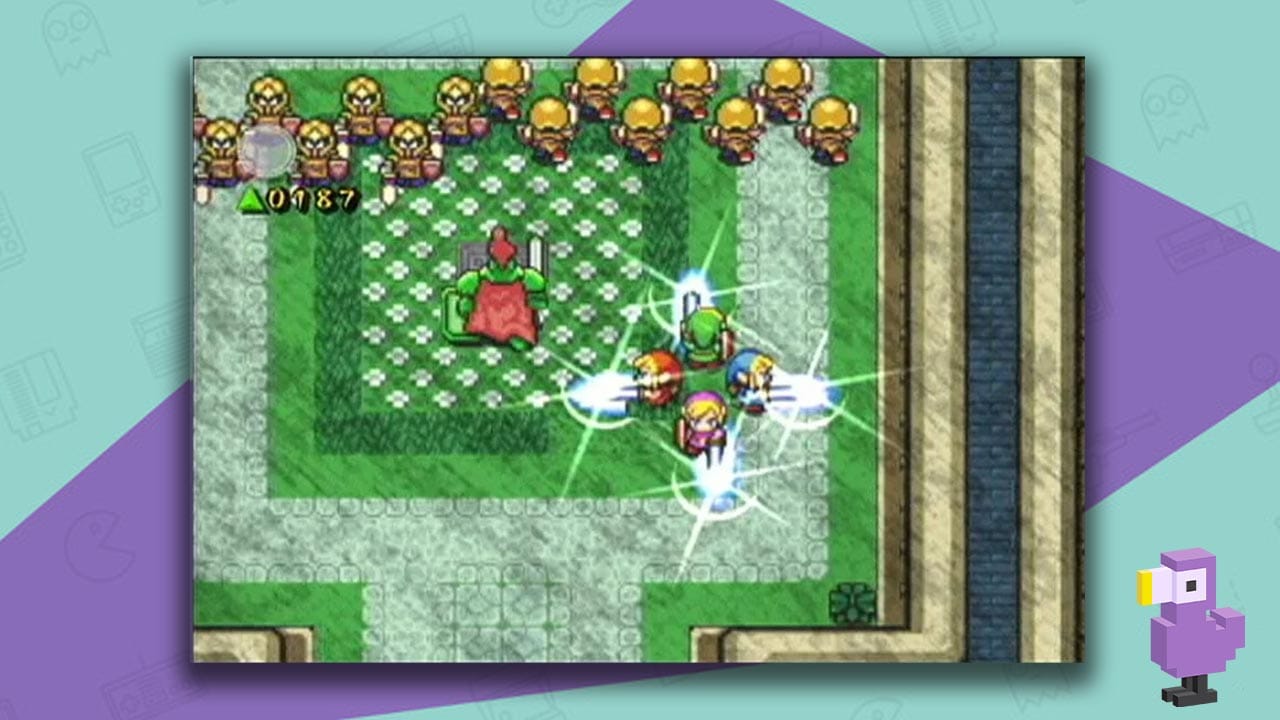
Vaati has raised his ugly head and caused havoc, and Link has been split into four by using the Four Sword.
It all just feels a little more thought out, obviously because the idea has been expanded on with the introduction of new formations and movesets.
You can play Four Swords on your own or with up to 4 players, with other players hooking up a GBA to the GameCube using a link cable. Only one person needs to own the game too which is a nice touch!
16. The Legend Of Zelda: Spirit Tracks (2009)
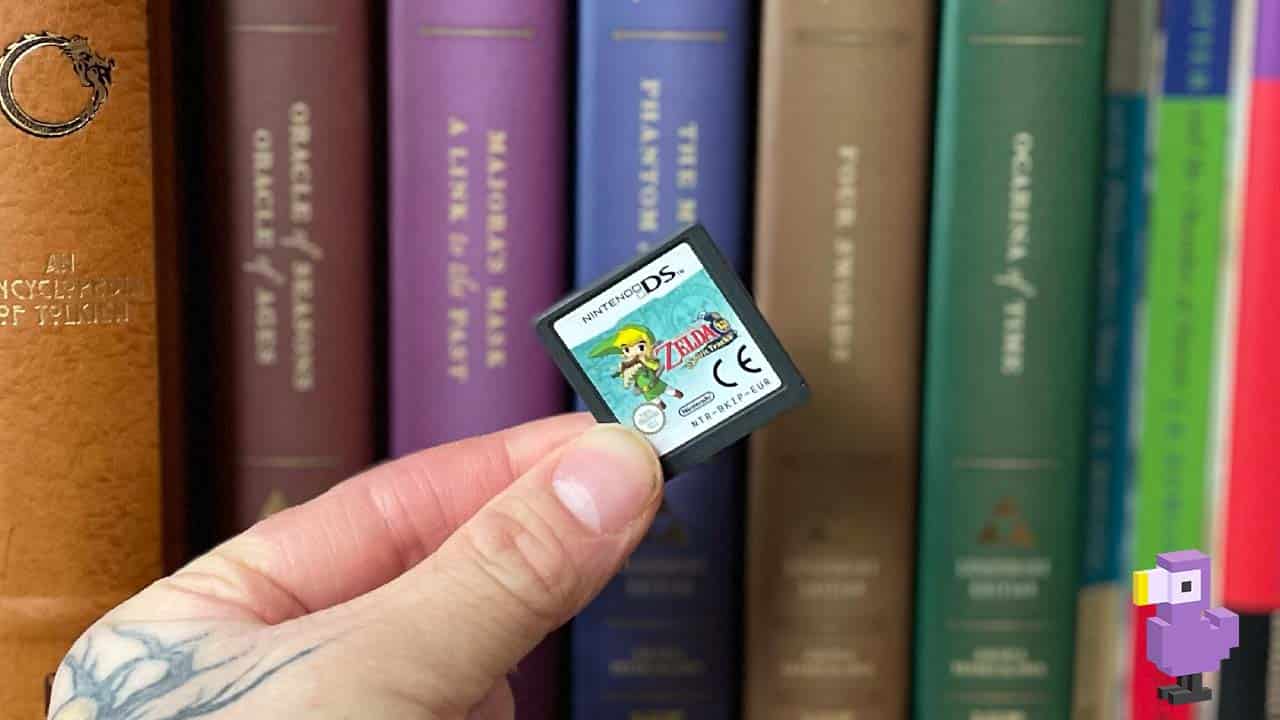
I think this list has proven that I’m a home console Zelda fan first and foremost. Still, Spirit Tracks has one of the most unique gameplay styles in the Legend of Zelda canon and makes gamers think differently while playing.
Players move Link around using the stylus rather than using the D-pad. Heck, the stylus does everything in this game. It’s an extension of Link’s arm, selecting weapons, slashing enemies, and controlling the train as it moves along the Spirit Tracks.
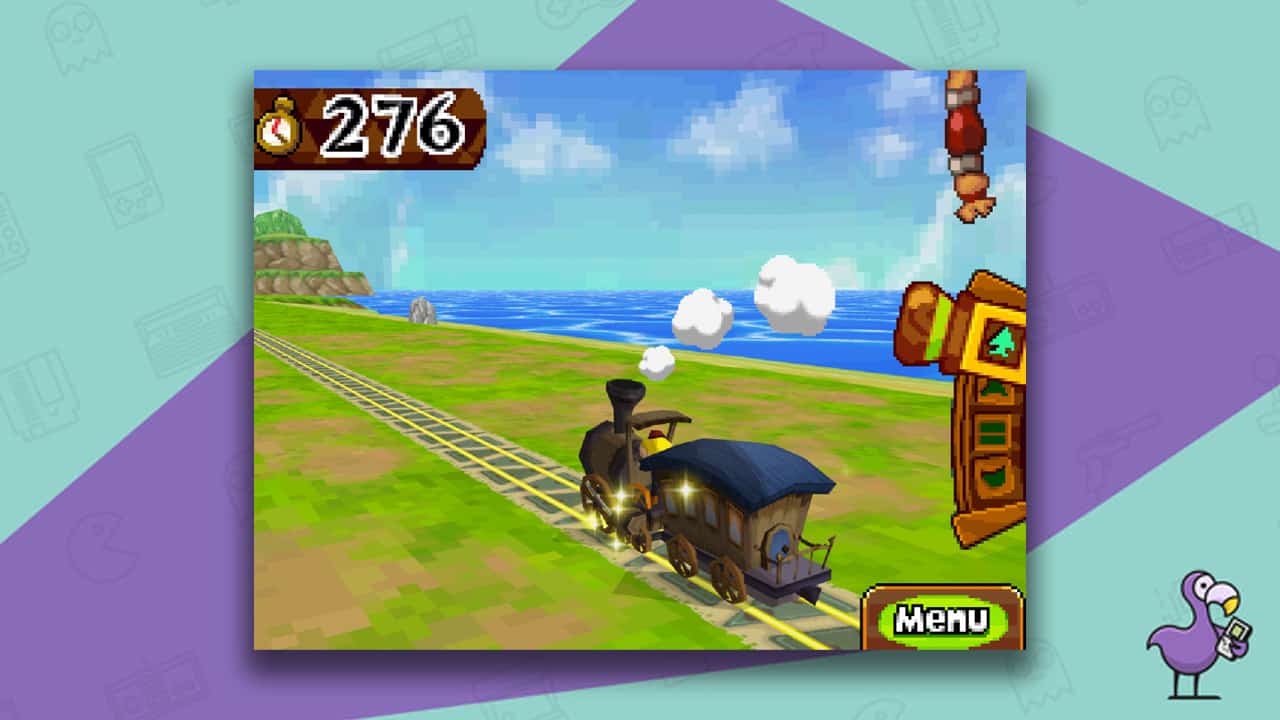
I’m still not sure why Nintendo made Link a train conductor, but I love it all the same!
There was a time when I was a little unsure of the cell-shaded graphics first used in The Wind Waker. I say ‘a time’; it was about 14 seconds before I got stuck into the game. The cell-shaded theme works perfectly in this smaller handheld adventure and pays homage to the success of the GameCube classic.
Speaking of the Wind Waker, Spirit Tracks happens in the same timeline. It’s placed 100 years after Link and Tetra’s adventure and their outing together in the Phantom Hourglass.
17. The Legend Of Zelda: Four Swords (2002)
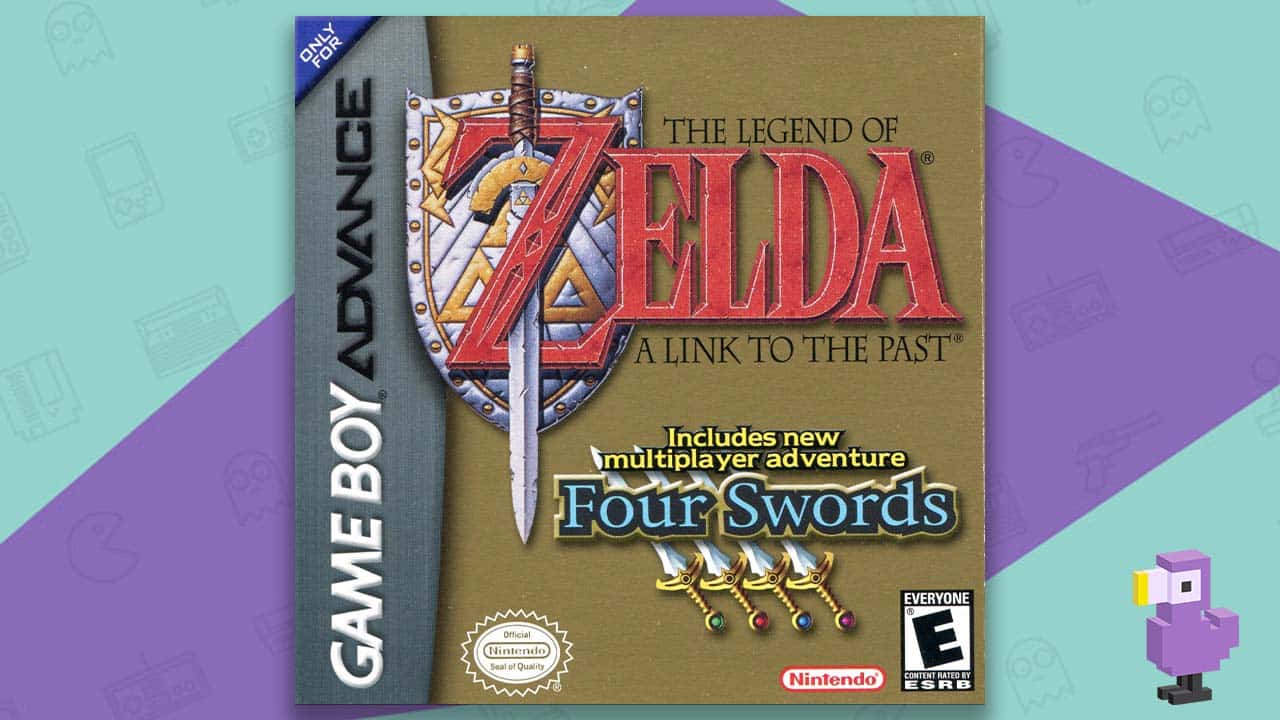
I know that I’m using the game case for ‘A Link To The Past’ here, but it’s because we’re focusing on that segment on the bottom half of the case. Four Swords first shipped with this GBA game as a new multiplayer option for fans to dive into, working together yet competing against each other at the same time.
Link has been split into four, each character portraying a different colour. There are randomised dungeons to play through, all with puzzles and problems to solve in true Zelda style, and you’ll need to use your combined brain power to get ahead.
But you also need to be sneaky; the player with the most rupees at the end of the level gets a prize, and there are even more upgrades to nab as you go through the game (providing you’re the best player, of course).
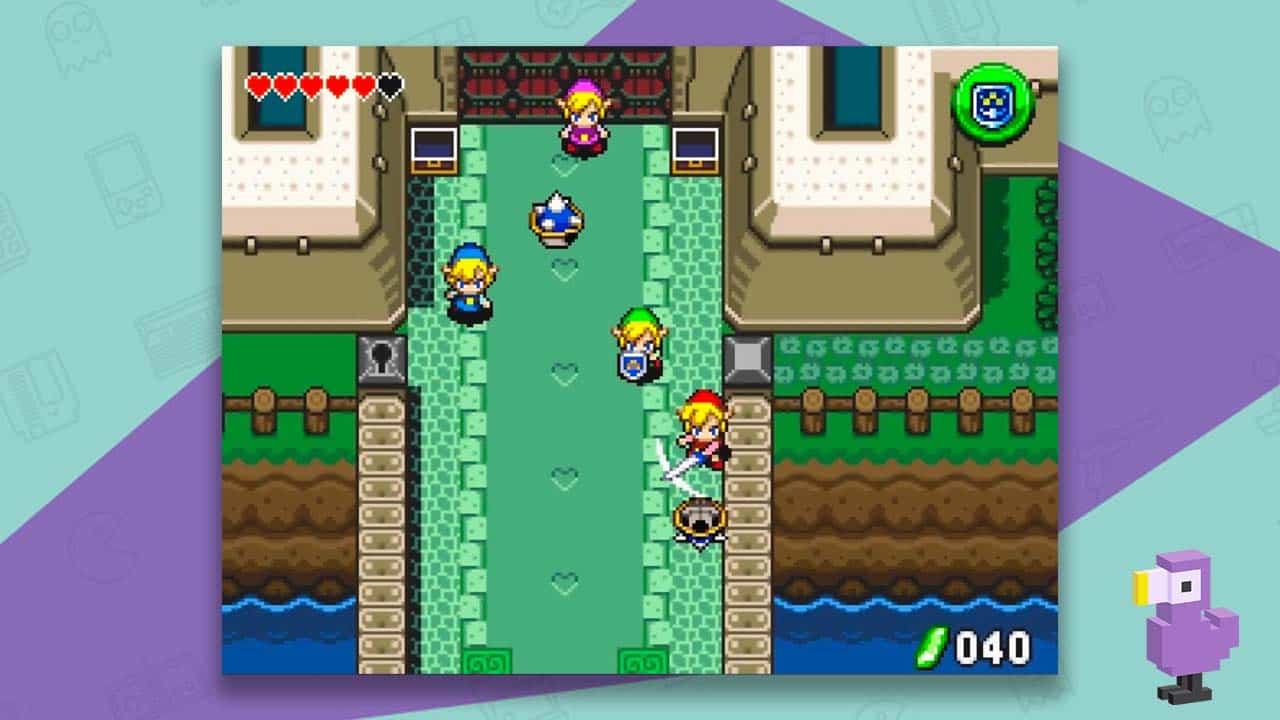
There are 4 levels with 3 dungeons a piece, making 12 levels in total. And don’t worry, there are typical Zelda bosses for you to take down together too!
There are some cool features that ‘Link’ both games too like moves that Link (or in this case all of the Links) can use in Four Swords once learned in Link to the Past. And when you complete Four Swords, a new dungeon opens up in A Link to the Past.
If you have some Zelda-mad friends with GBAs and each with a copy of this combo pack, then link up and get playing! It’s a mad sight in this day and age of gaming to see the Retro Dodo team squished together on a sofa with our 4-way-link cable, but we love it!
18. The Legend of Zelda: Tri Force Heroes (2015)
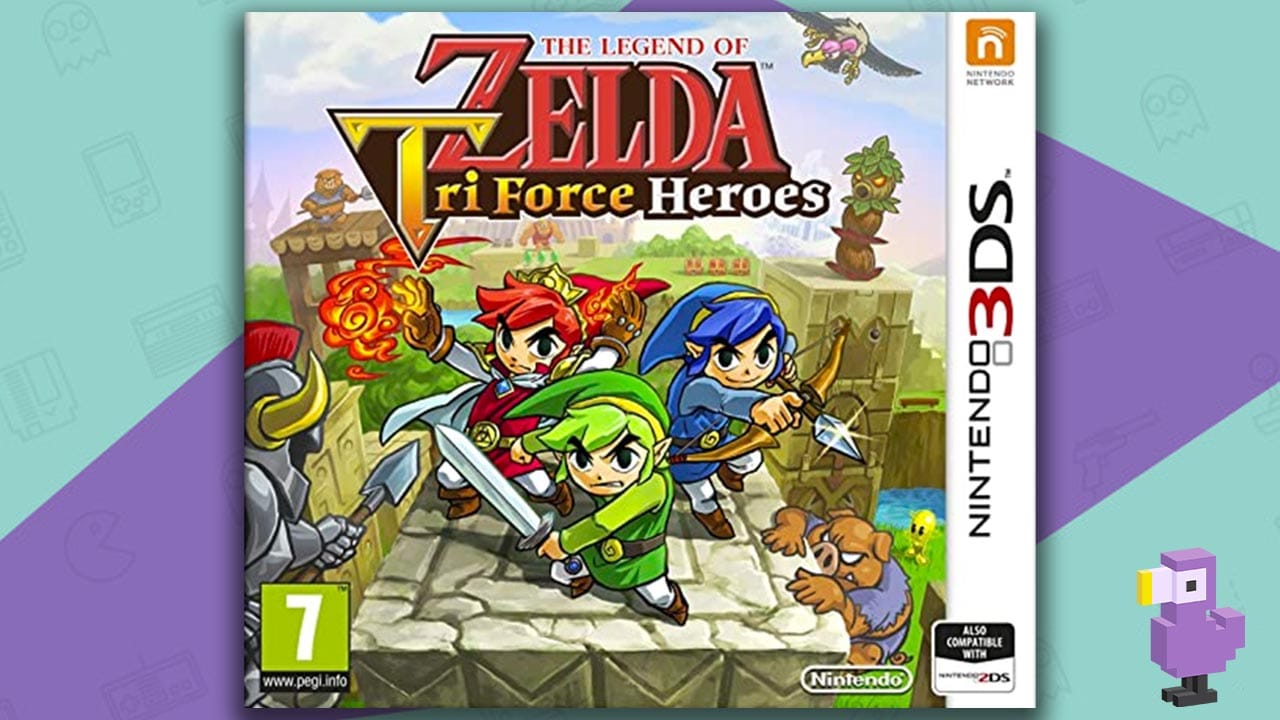
Let’s keep the teamwork theme going with The Legend of Zelda: Tri Force Heroes! Instead of four links, we’re down to three now (though I guess ‘tri’ kind of gives that away… and the fact that there are three Links on the cover!).
In this game, the Links are based on the elemental powers of the Tri Force (and the original three tunic colours of Ocarina of Time for all of the die-hard Zelda nerds out there. In terms of Gameplay, it feels a lot like the other DS Zelda titles in stye, though with a 3D element if you really wish you could jump further into Link’s world!
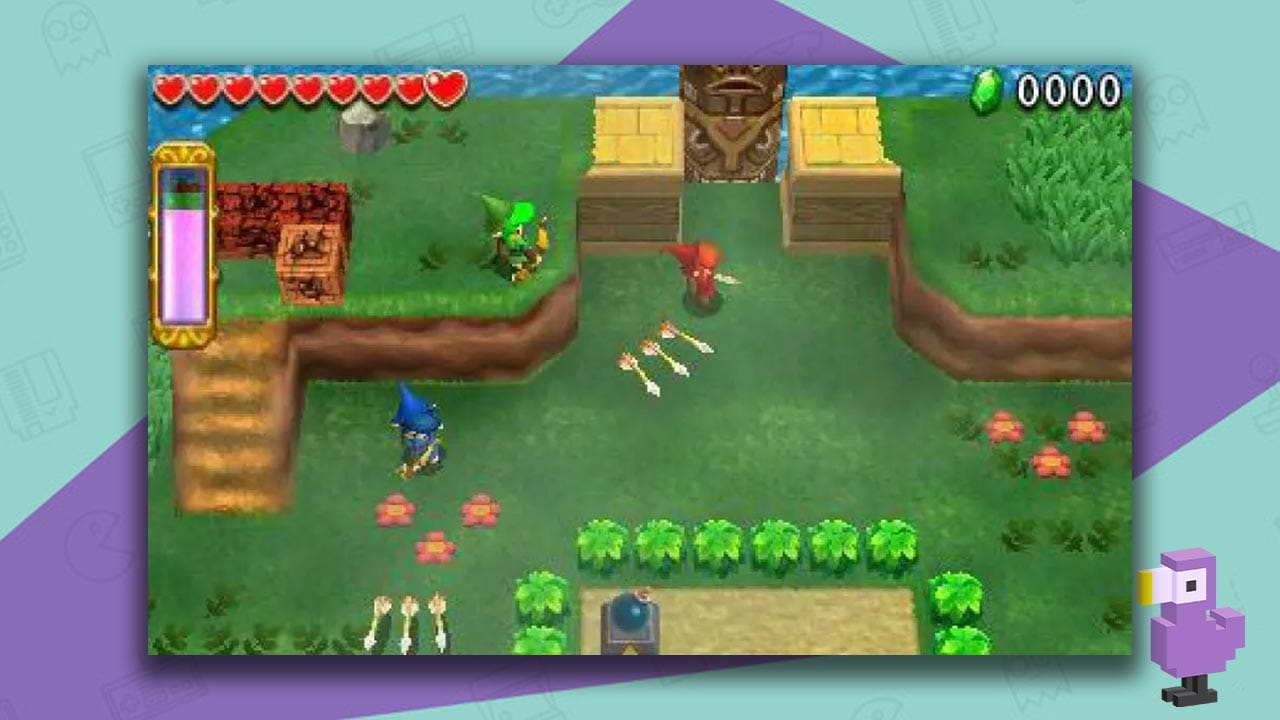
How many of you have wanted to make a totem pole of Links in the past? It’s pretty niche, I know, but it’s a cool feature of this new game that you can pull out while working with friends.
Working with friends makes this game 100 times more fun, and you don’t have to keep swapping and changing characters which can get incredibly tedious. The main gripe I have is that every player shares the heart meter, which means that if your friends are rubbish, then you’ll suffer.
Still, there is a battle mode where you can whoop them afterwards in the Colosseum to show them how much you’ve been carrying the team!
19. Zelda 2: The Adventure Of Link
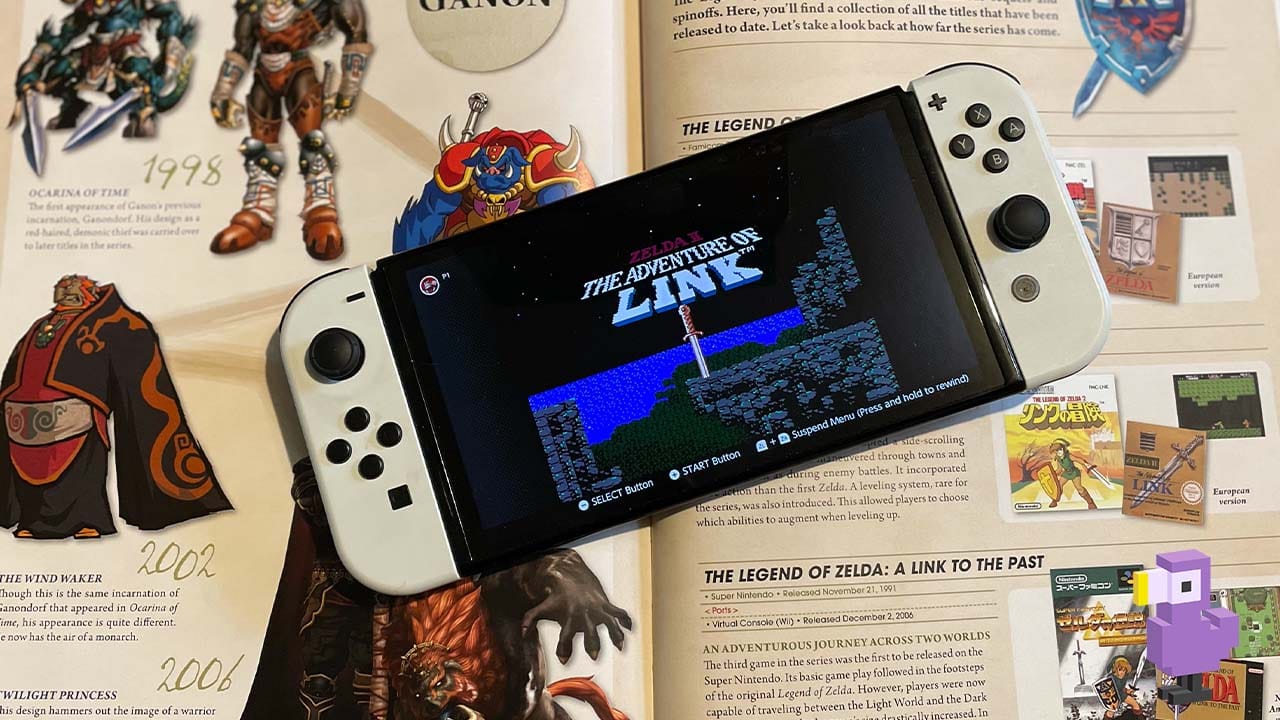
And here we are, at the bottom of the list with the most disappointing Zelda game of all. This game just doesn’t feel like a Zelda title in the slightest, looking more like a Metroidvania title than a Zelda game.
It’s another one of those few instances where we’ve had a direct sequel to a Zelda game, and I really wish that we hadn’t. It’s just so hard and leaves you on edge while playing rather than making you feel relaxed. And not in the same way like Returnal does – this is just frustrating!
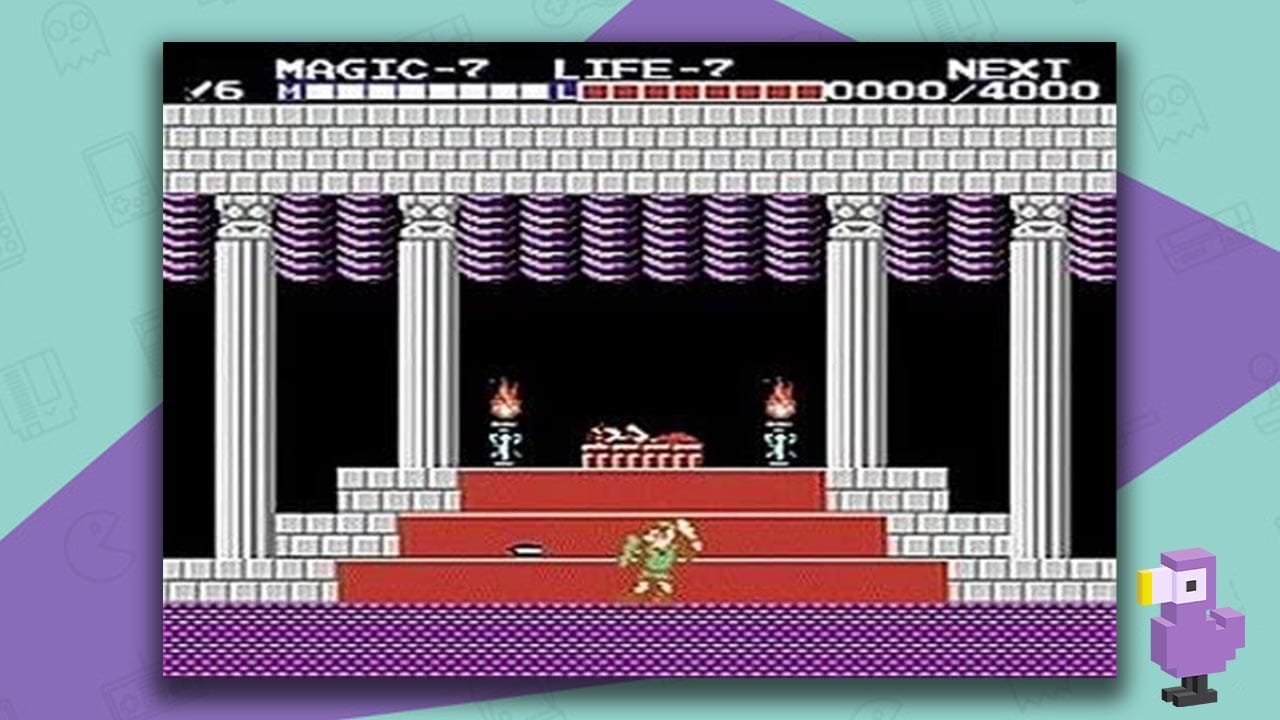
There’s no password system to bring you back to a level that you’ve made it too half way through the game – when you die, you die, and you have to start right from the start again.
It makes me want to throw my Switch through the window, especially when trying to tackle Dark Link – that guy can jump in the sea! Despite me not liking this game, it’s got a huge following of fans who enjoy this game. For me, it’s just not a Zelda game apart from by name, and that’s why it’s taking the final spot in our list.


